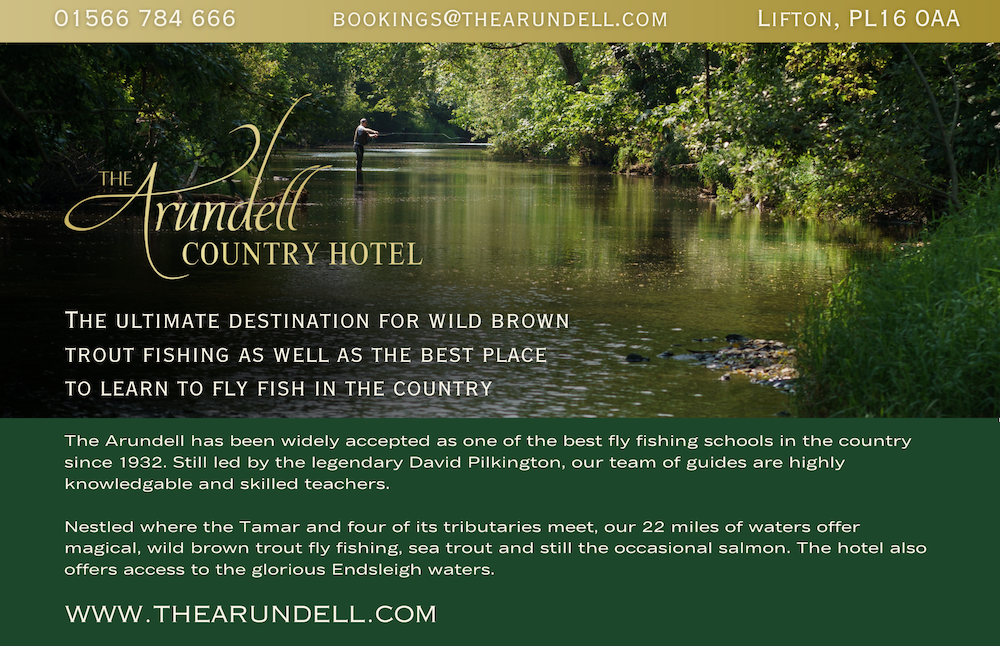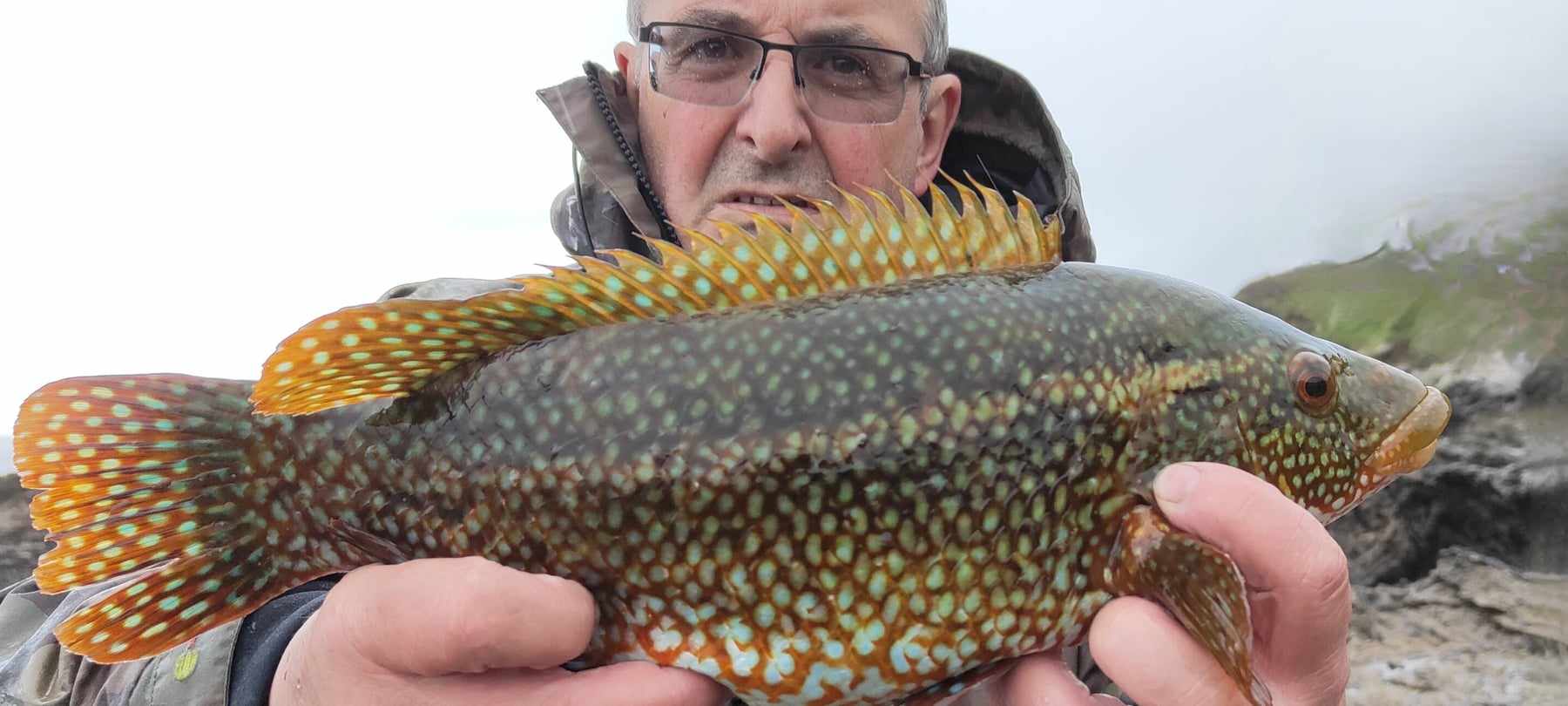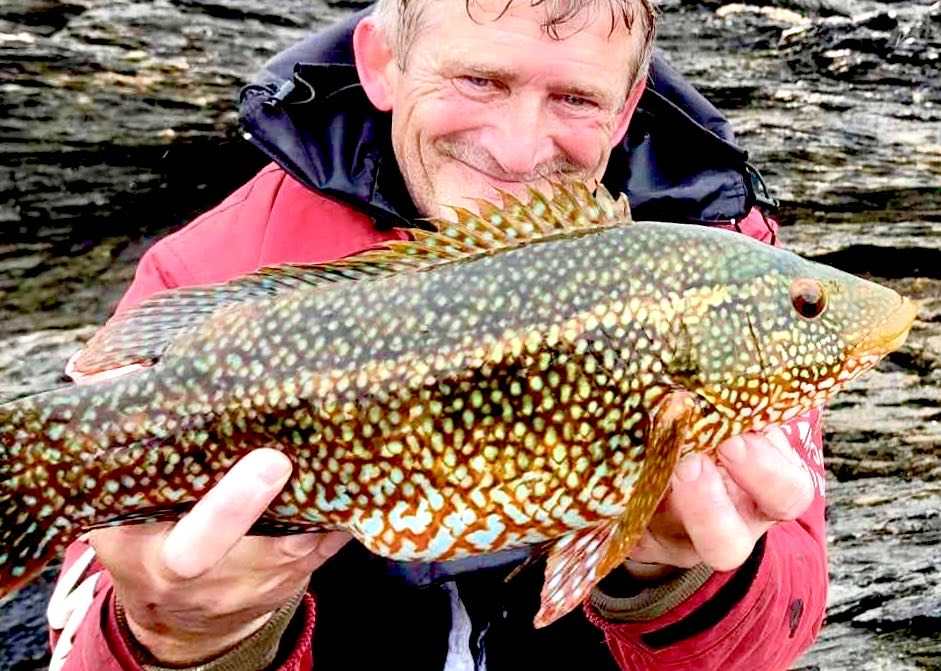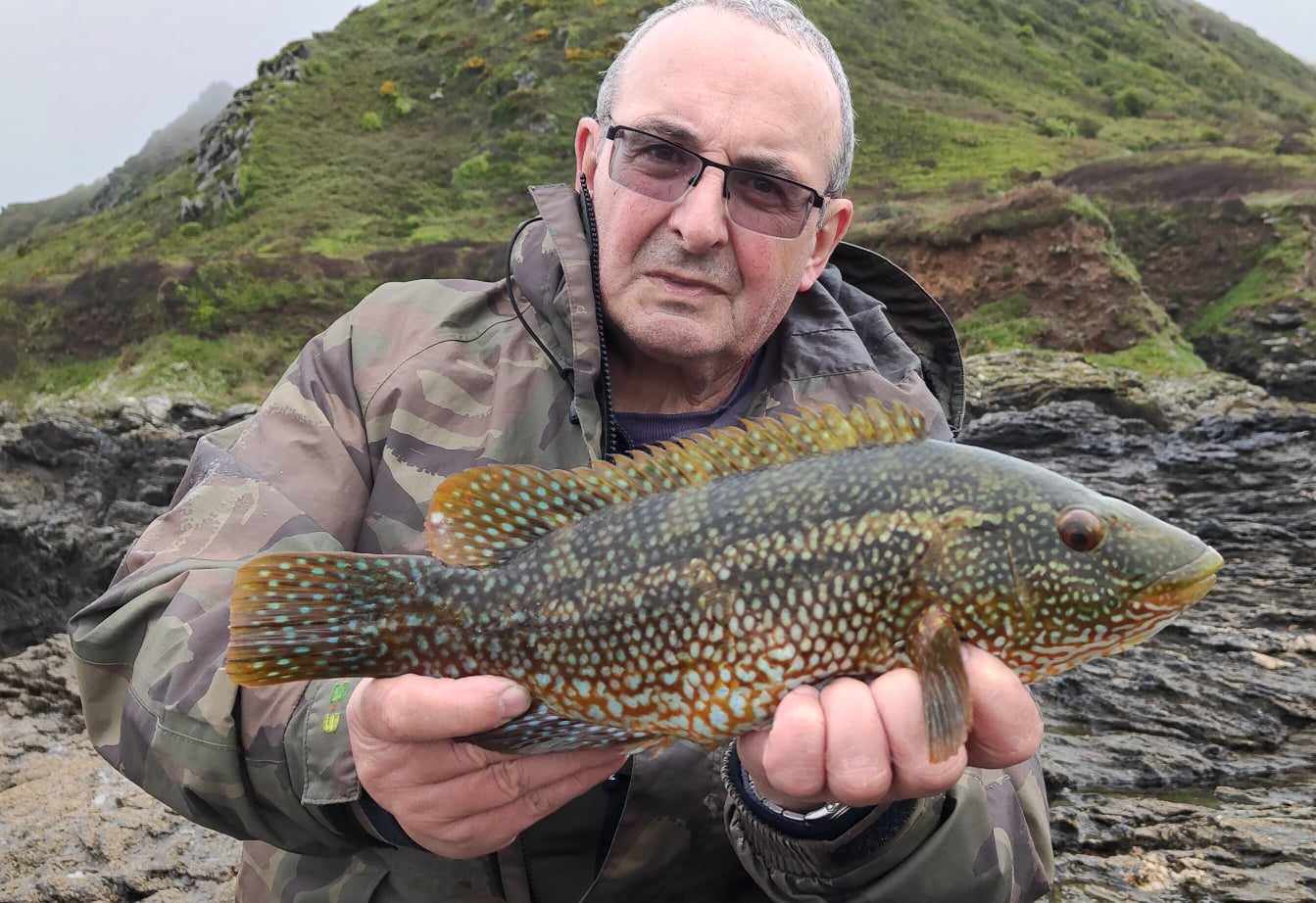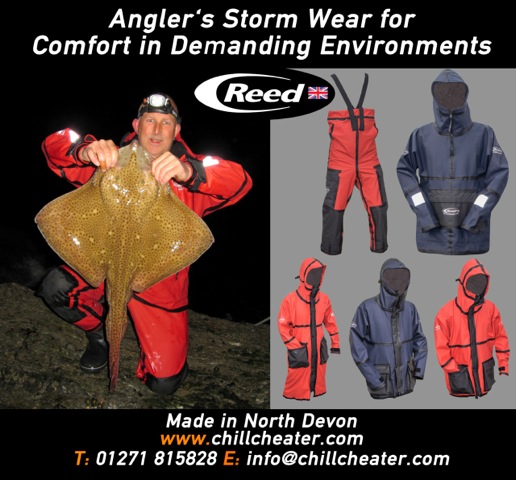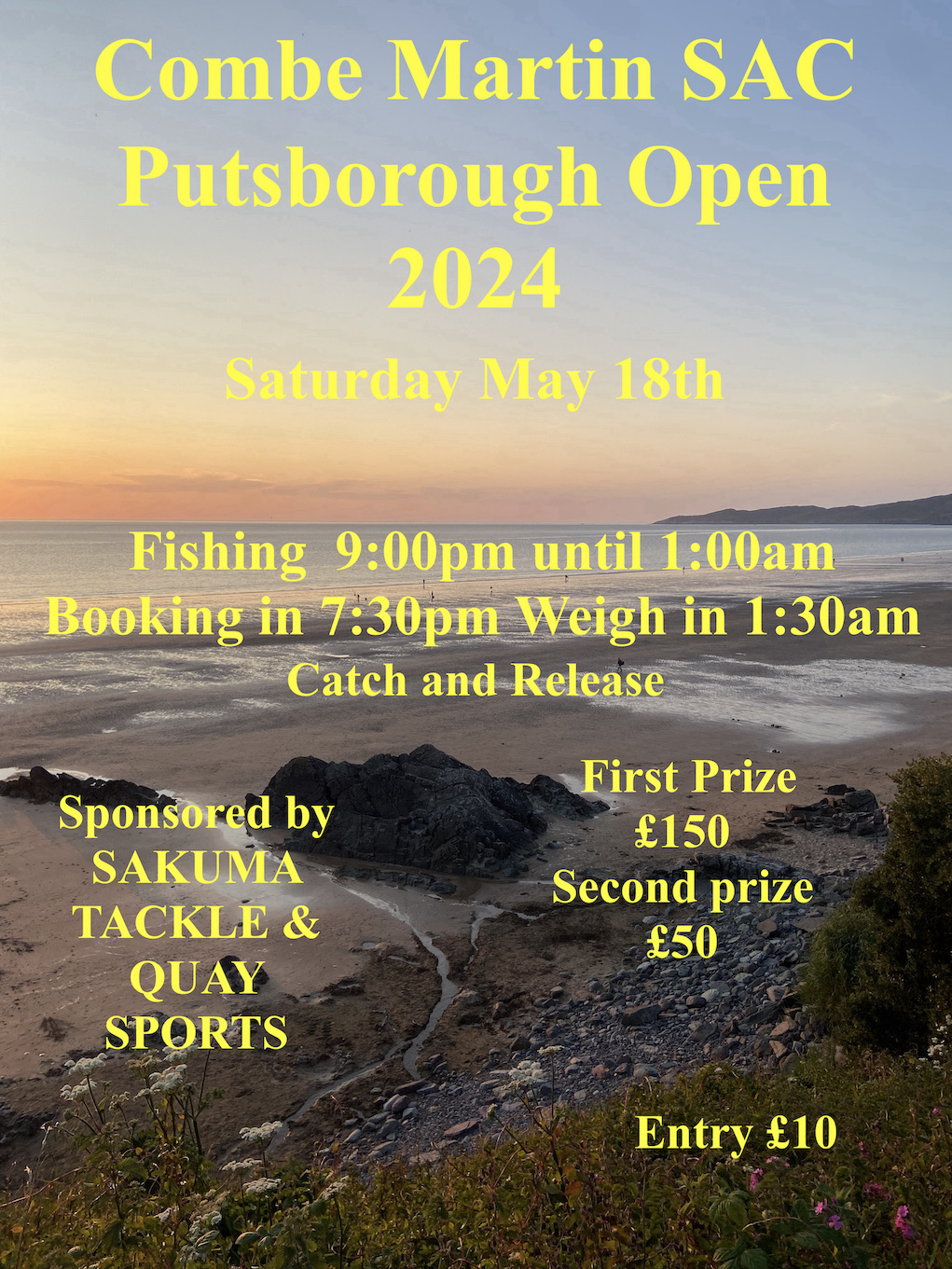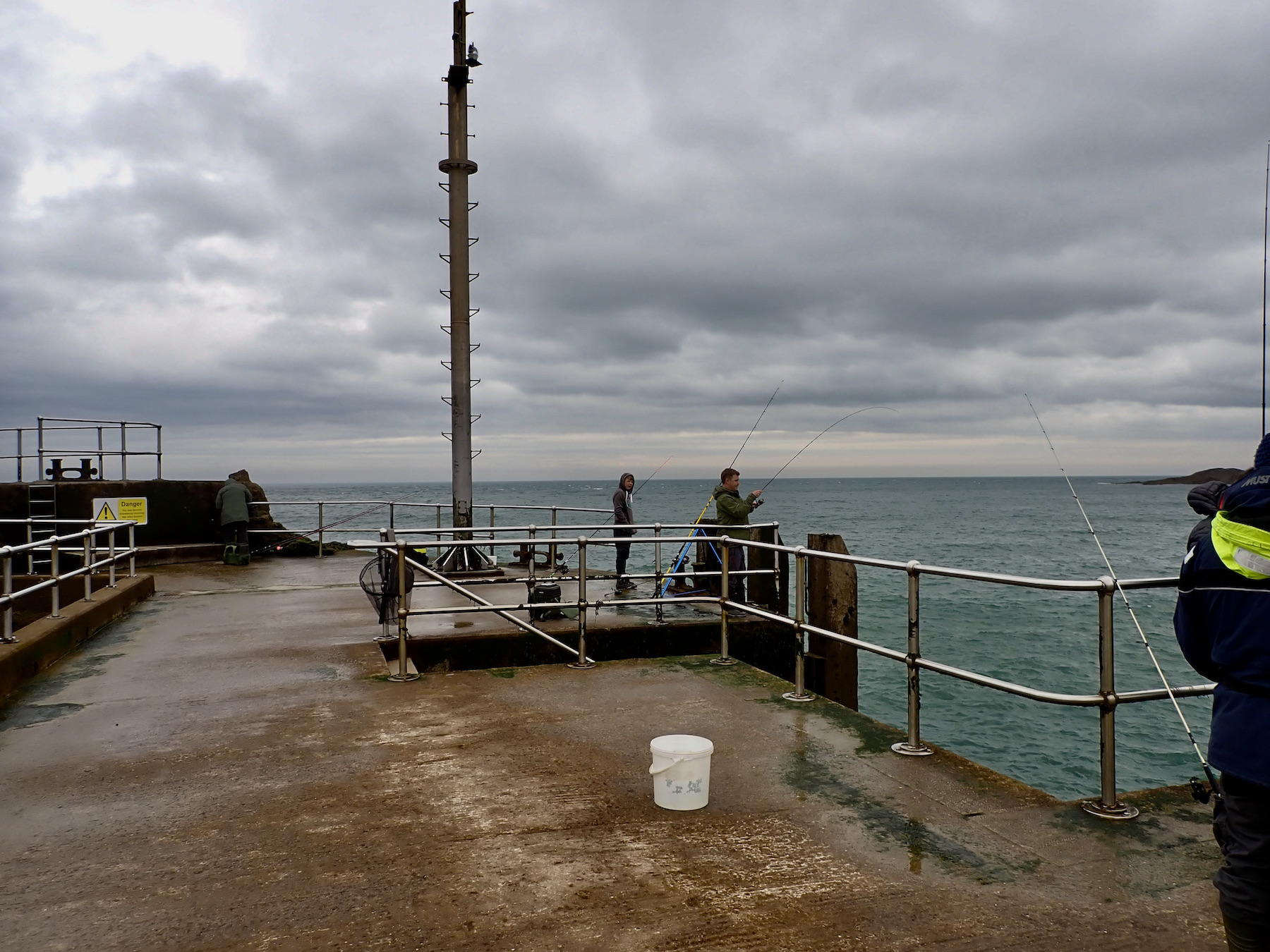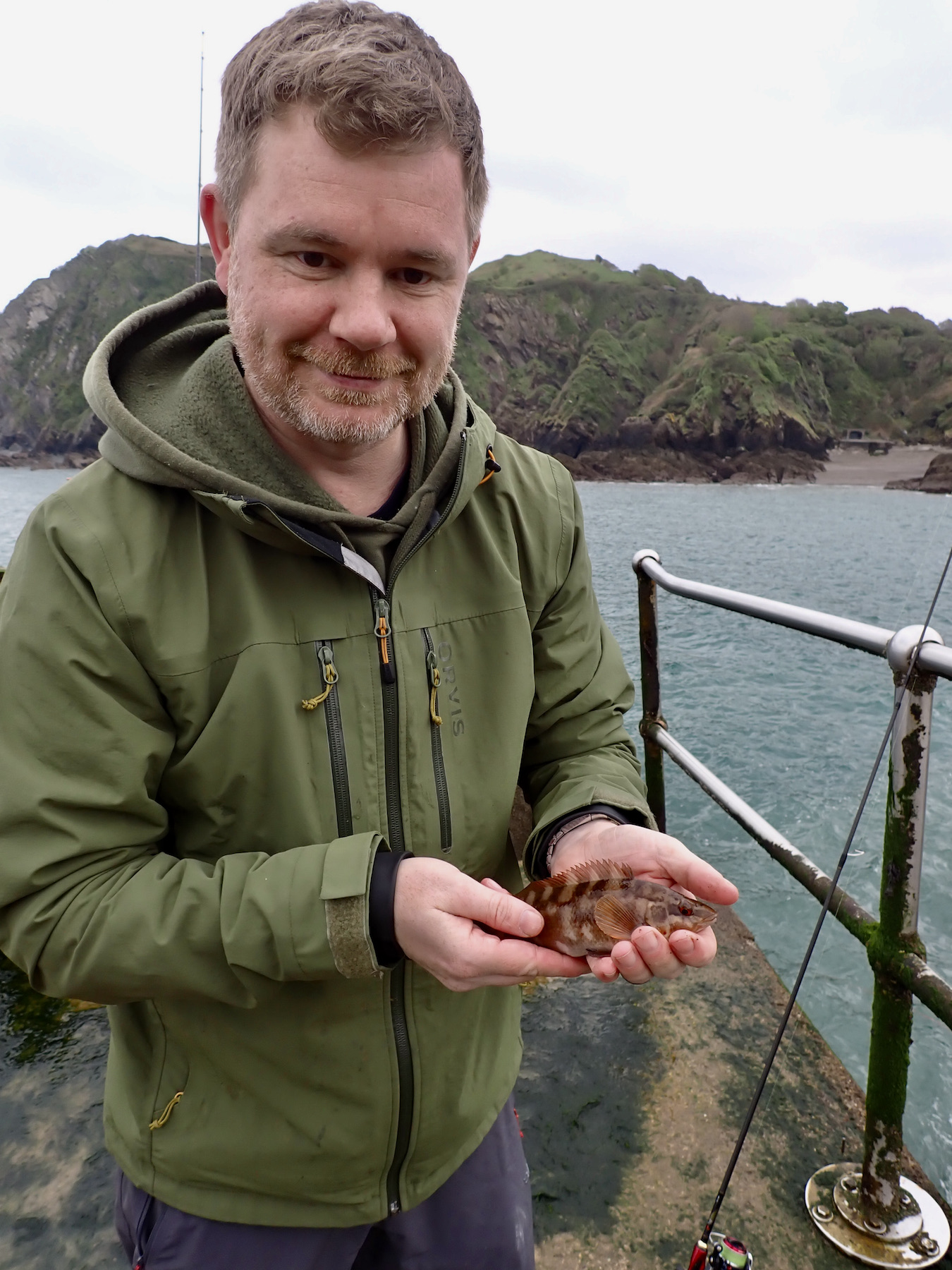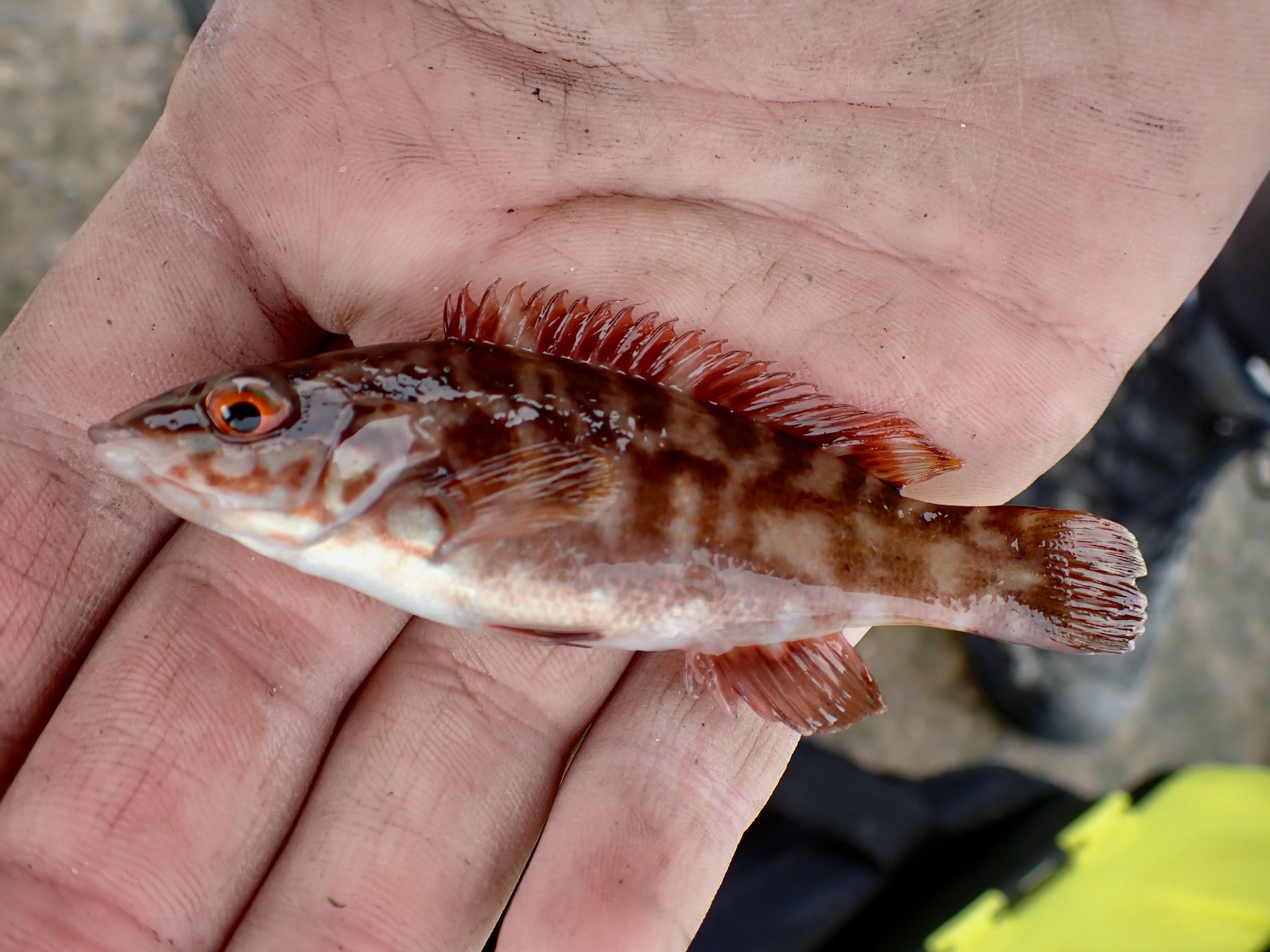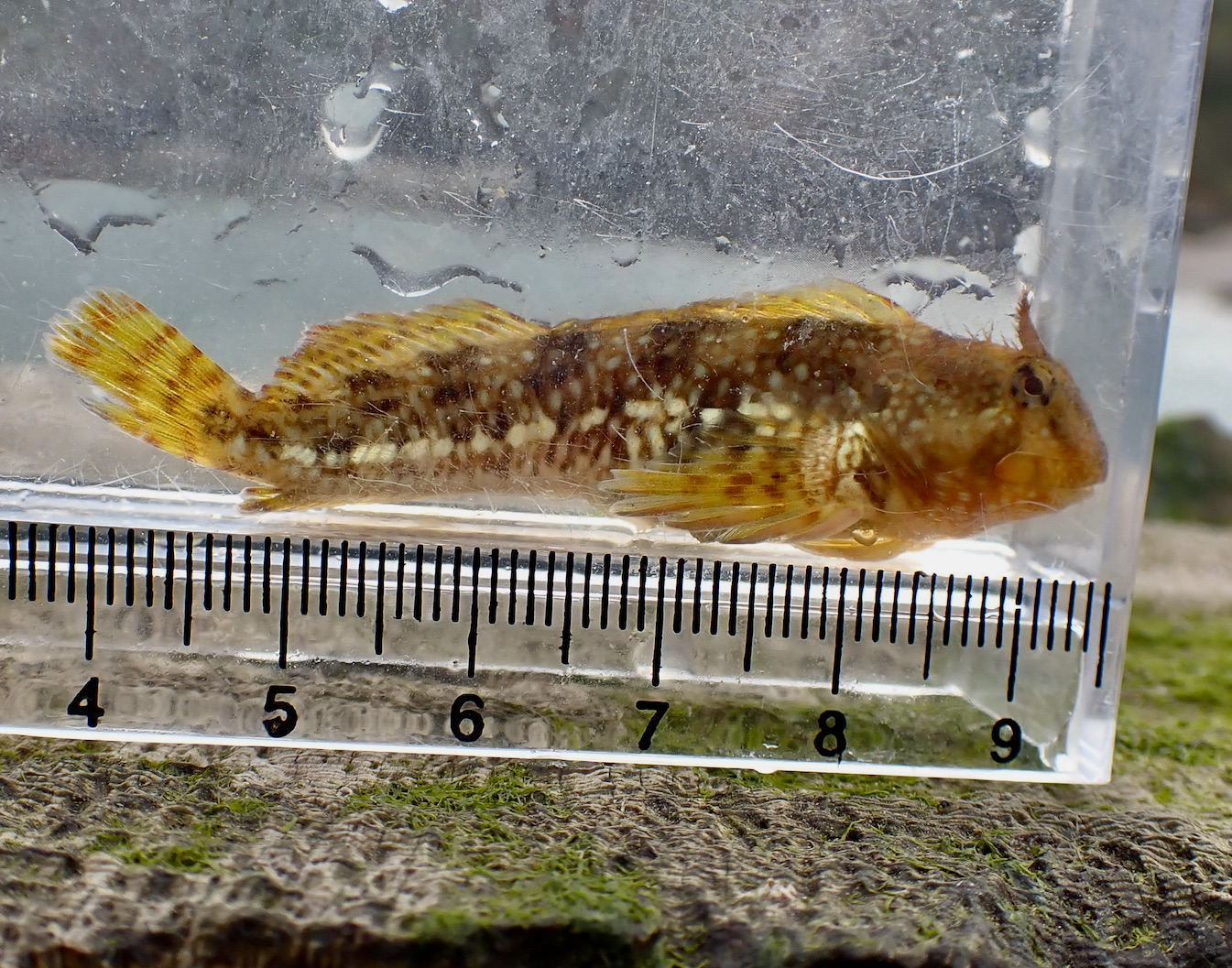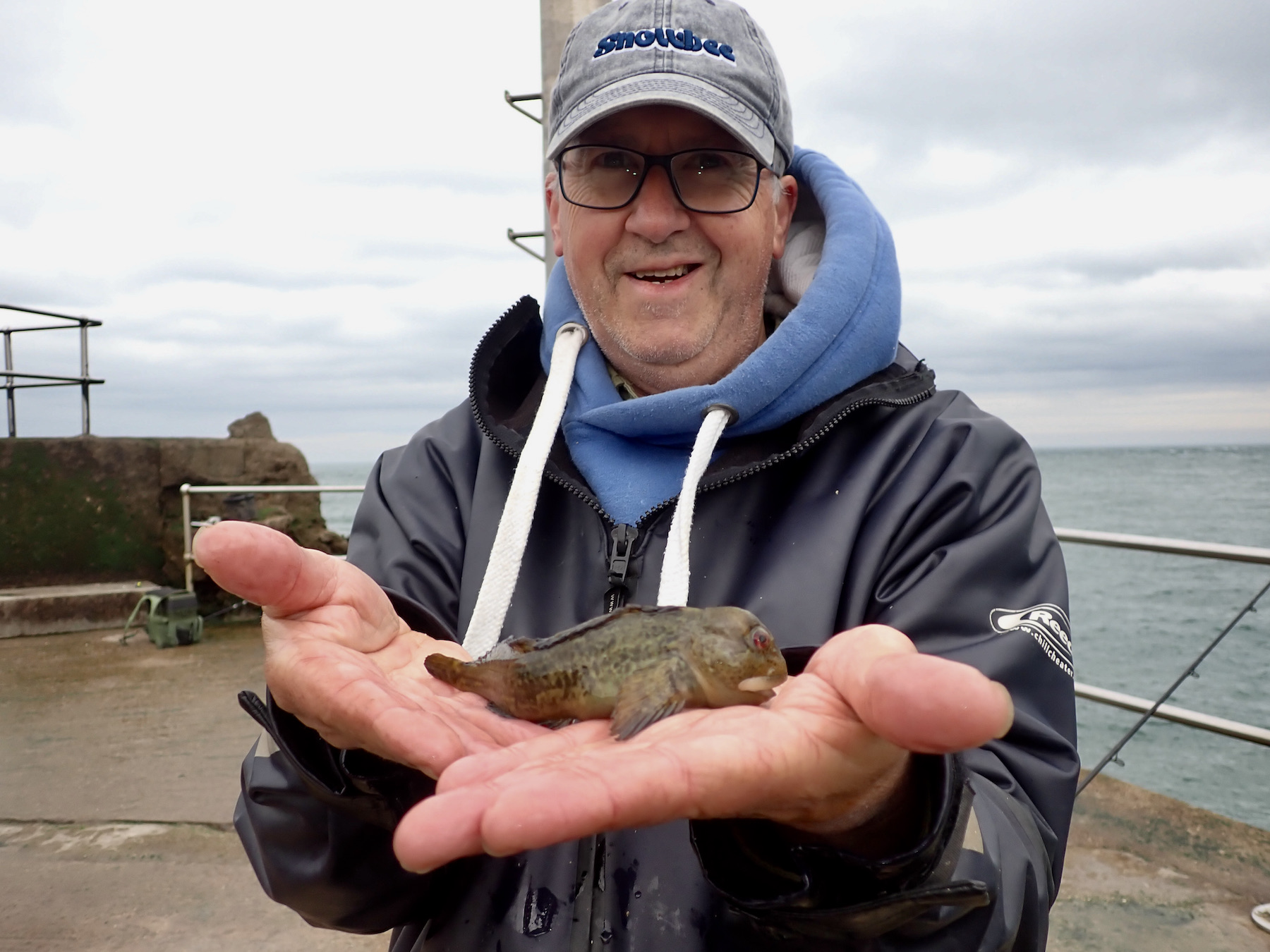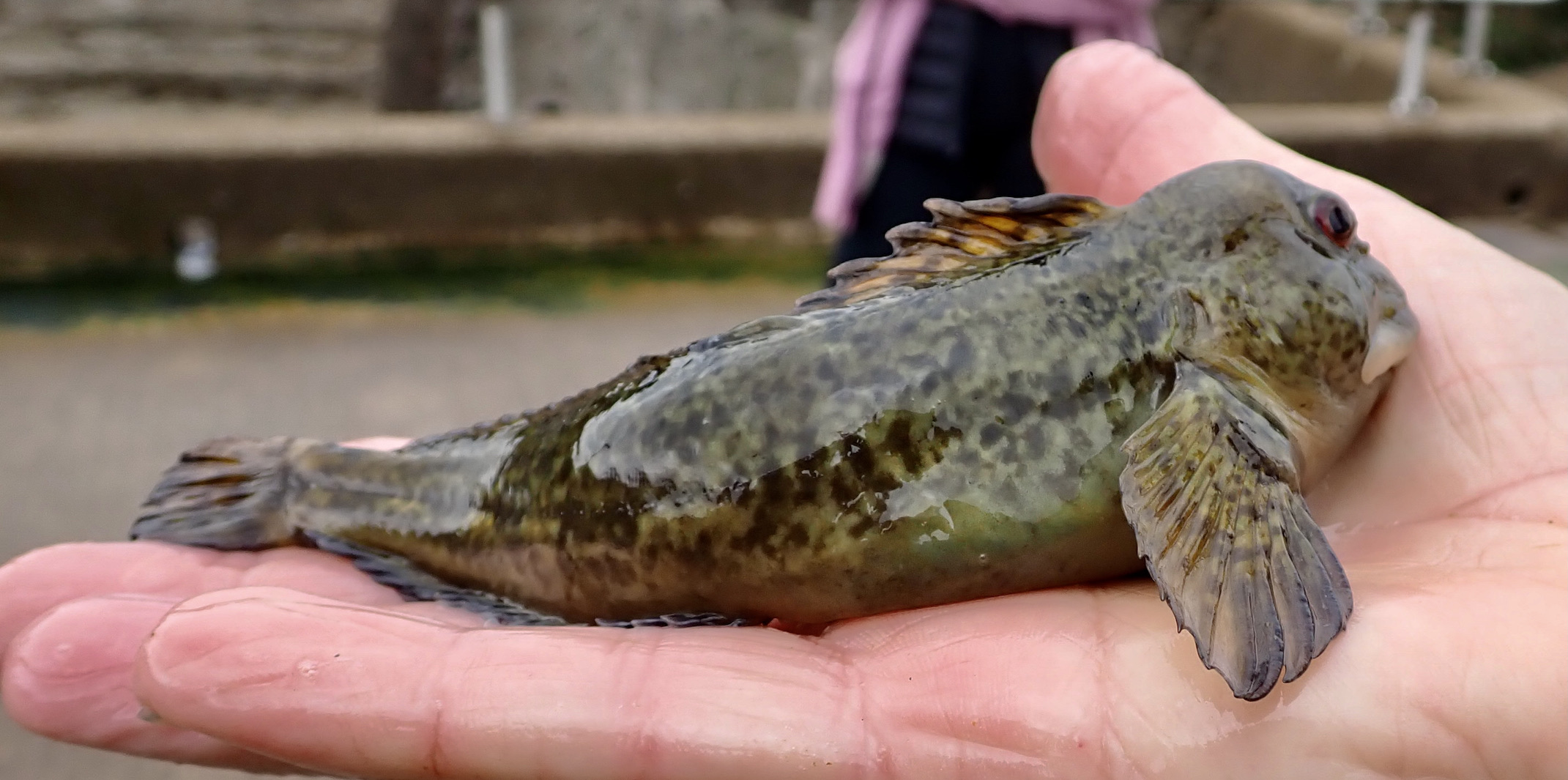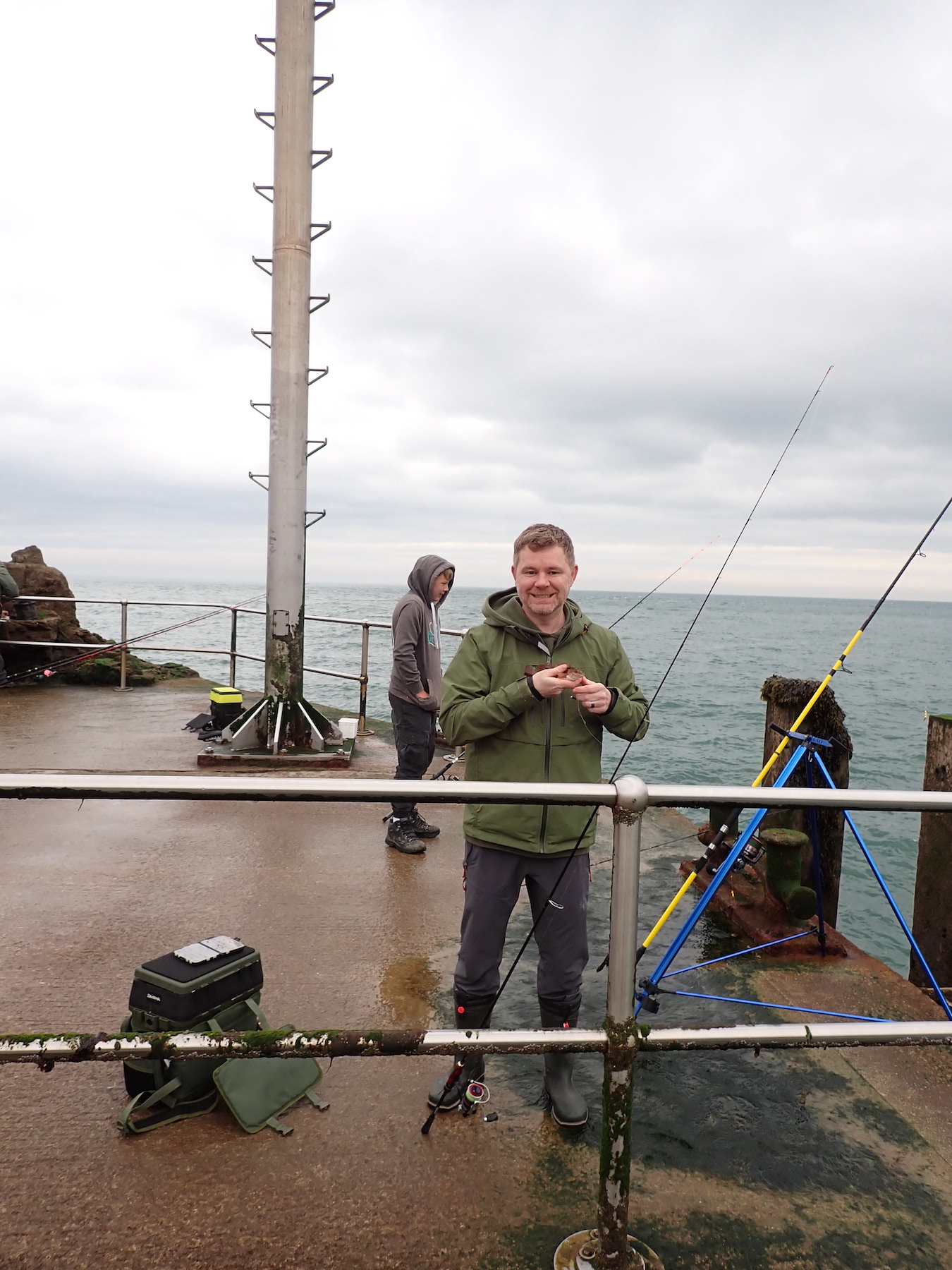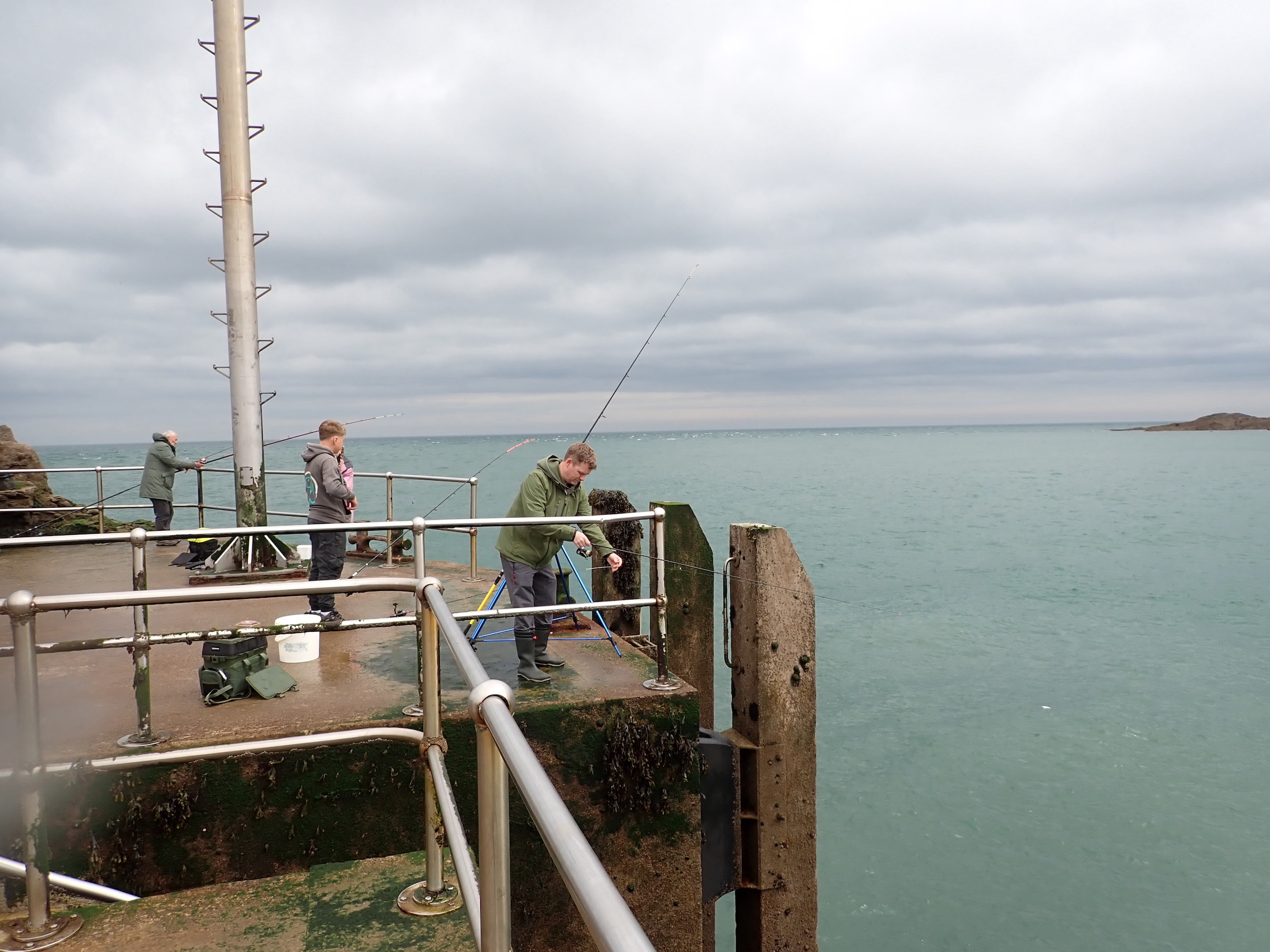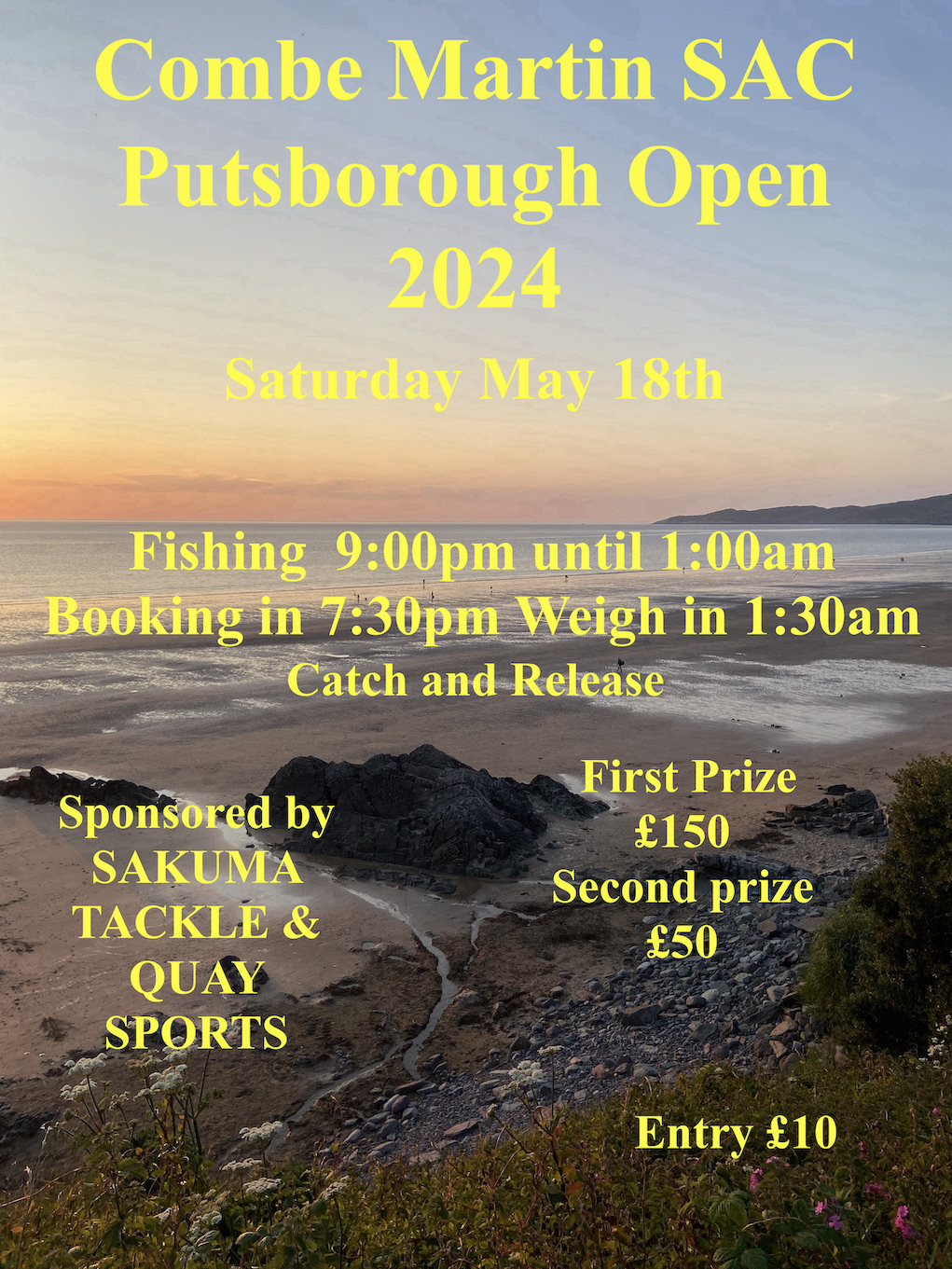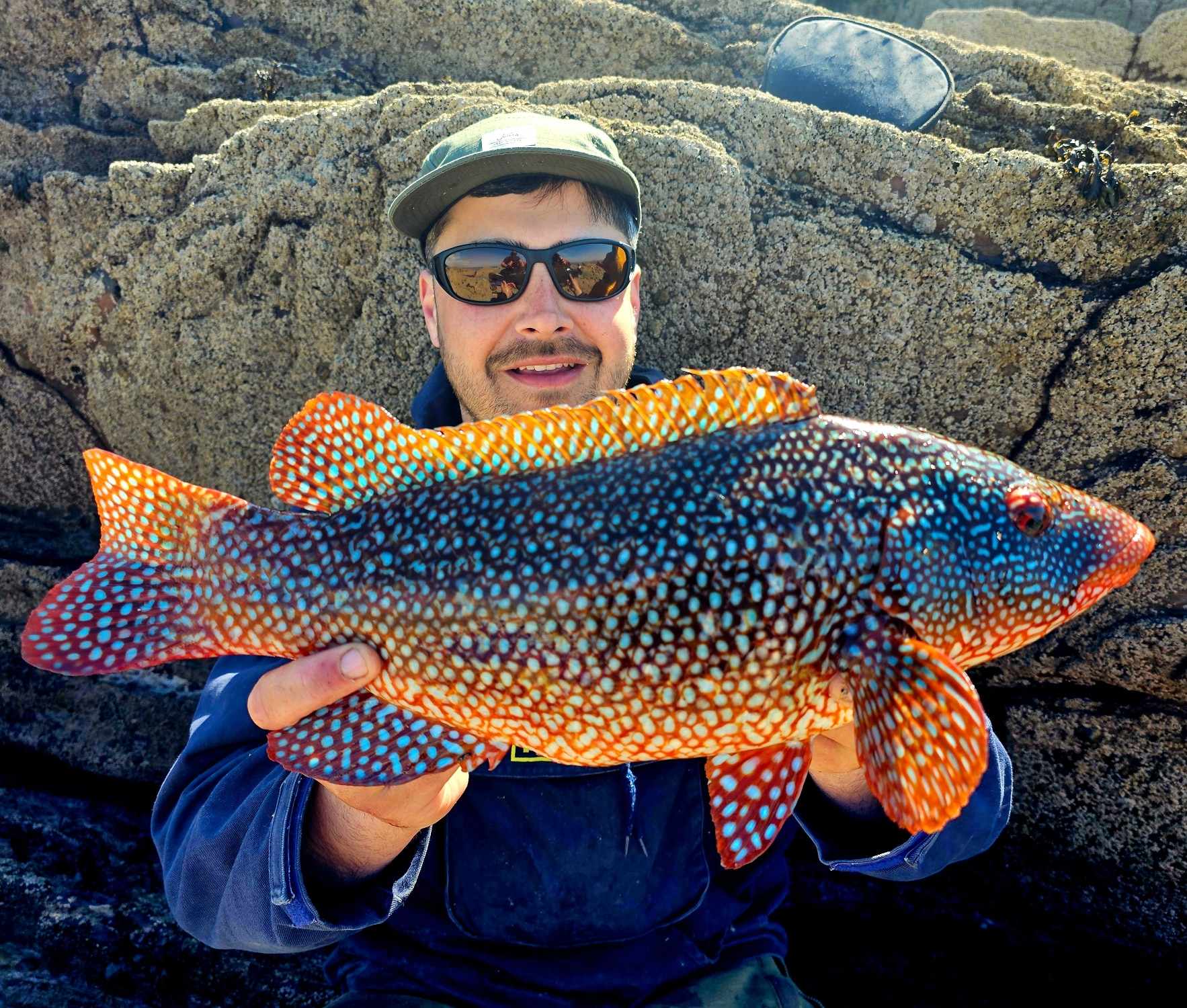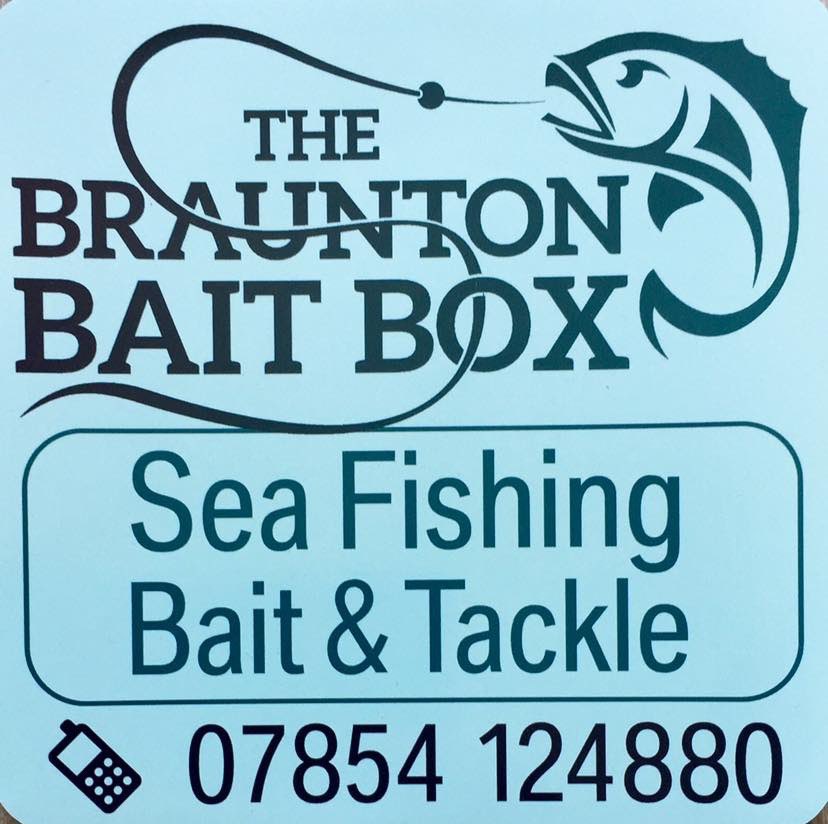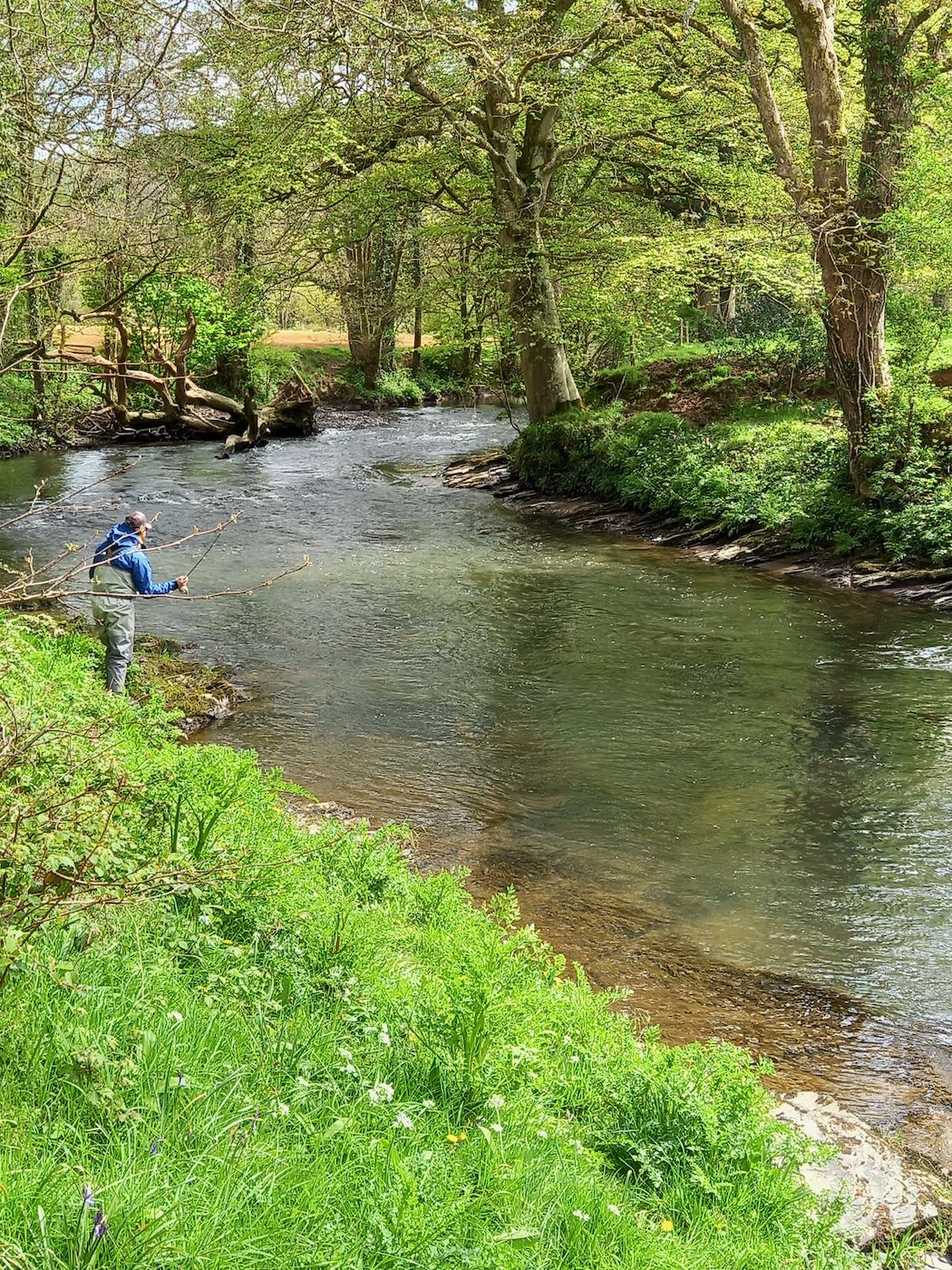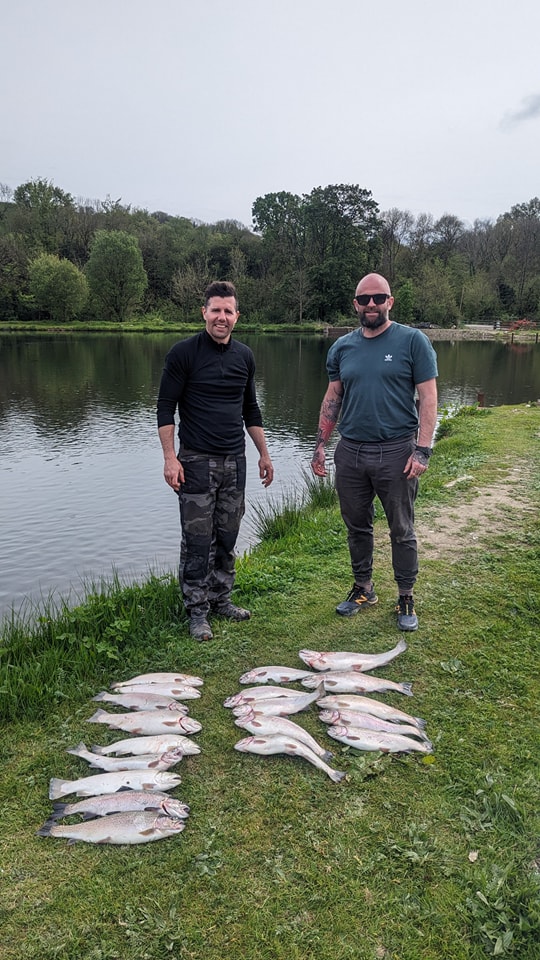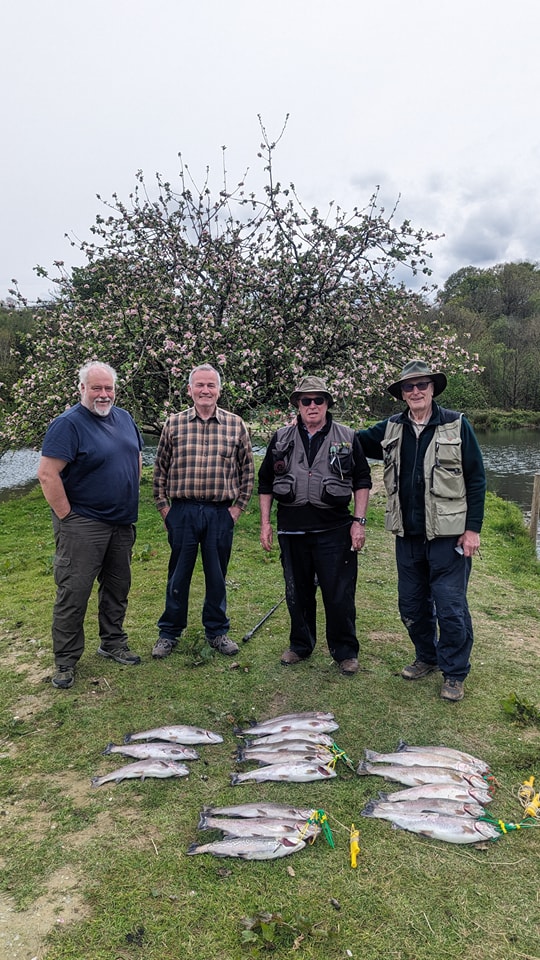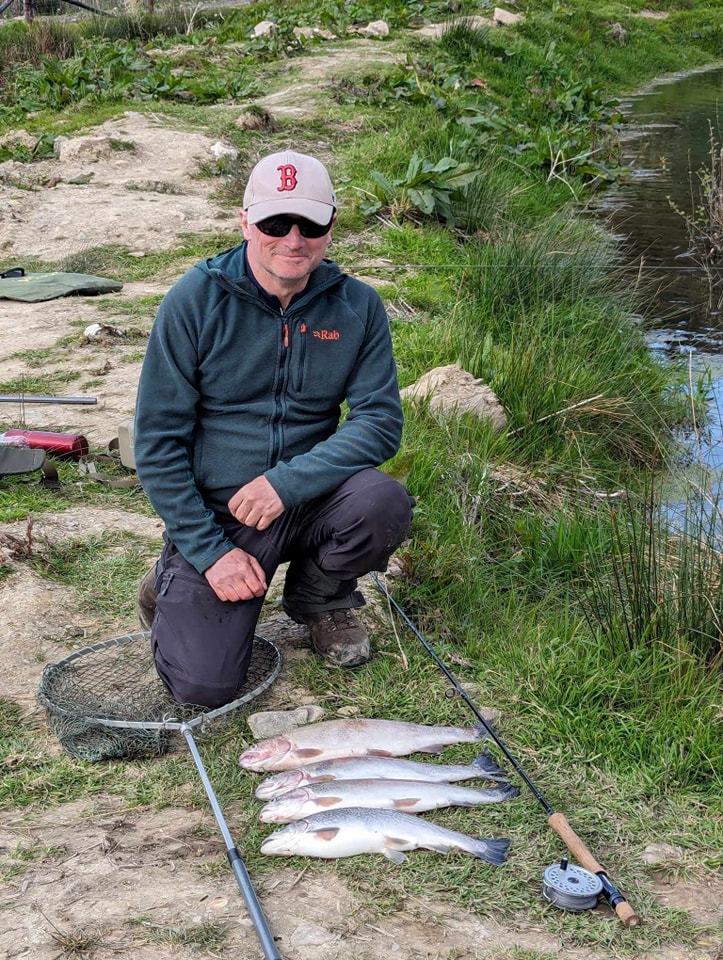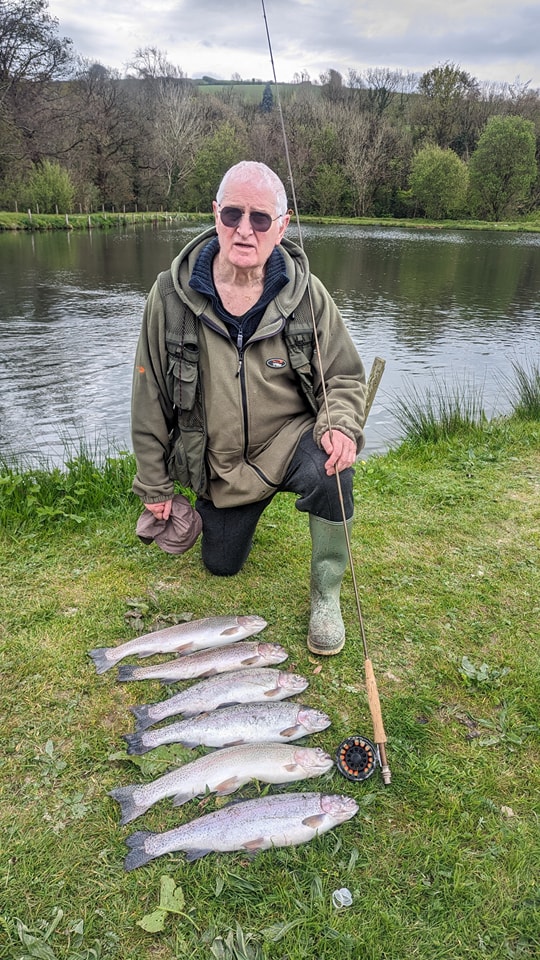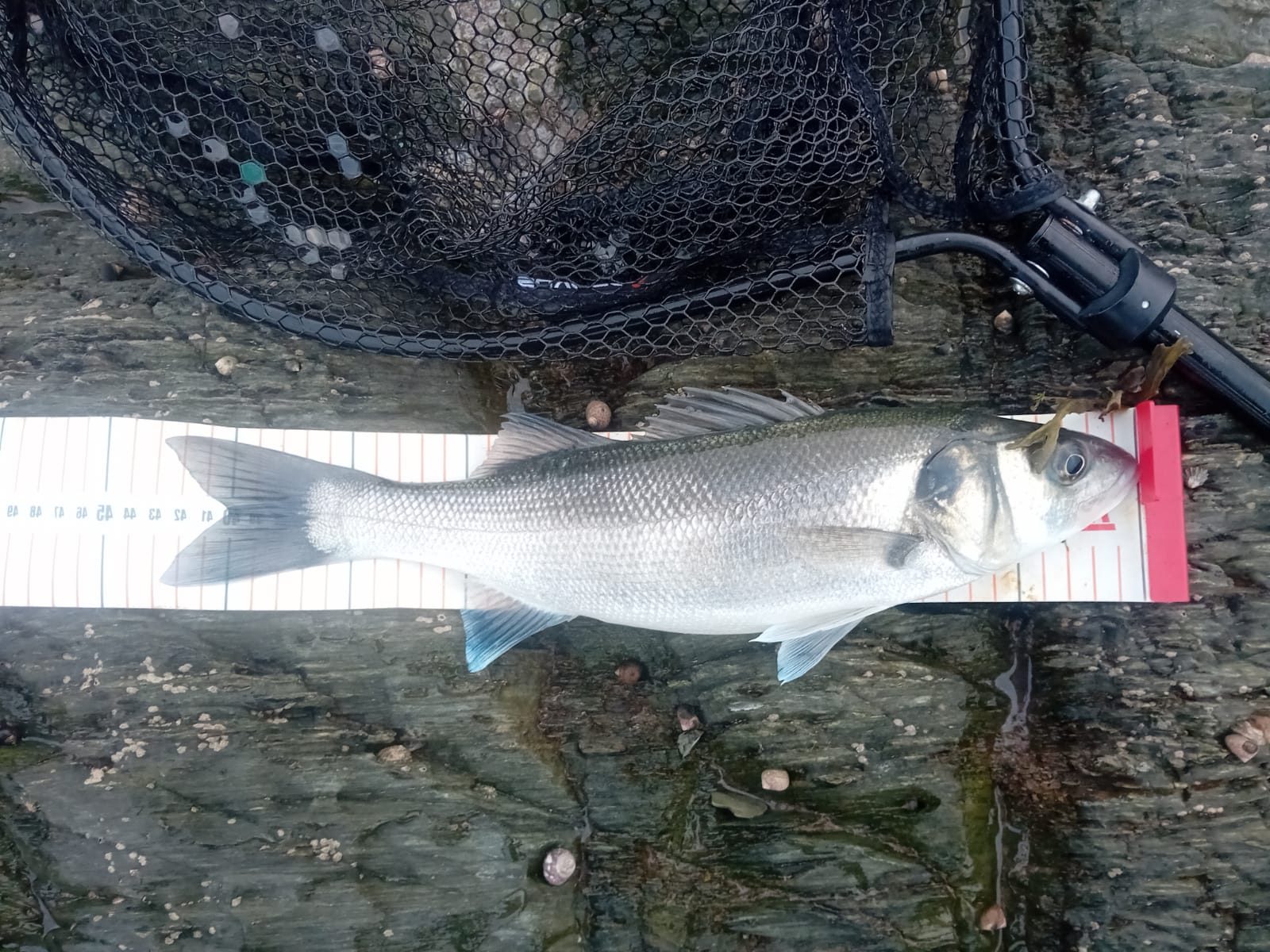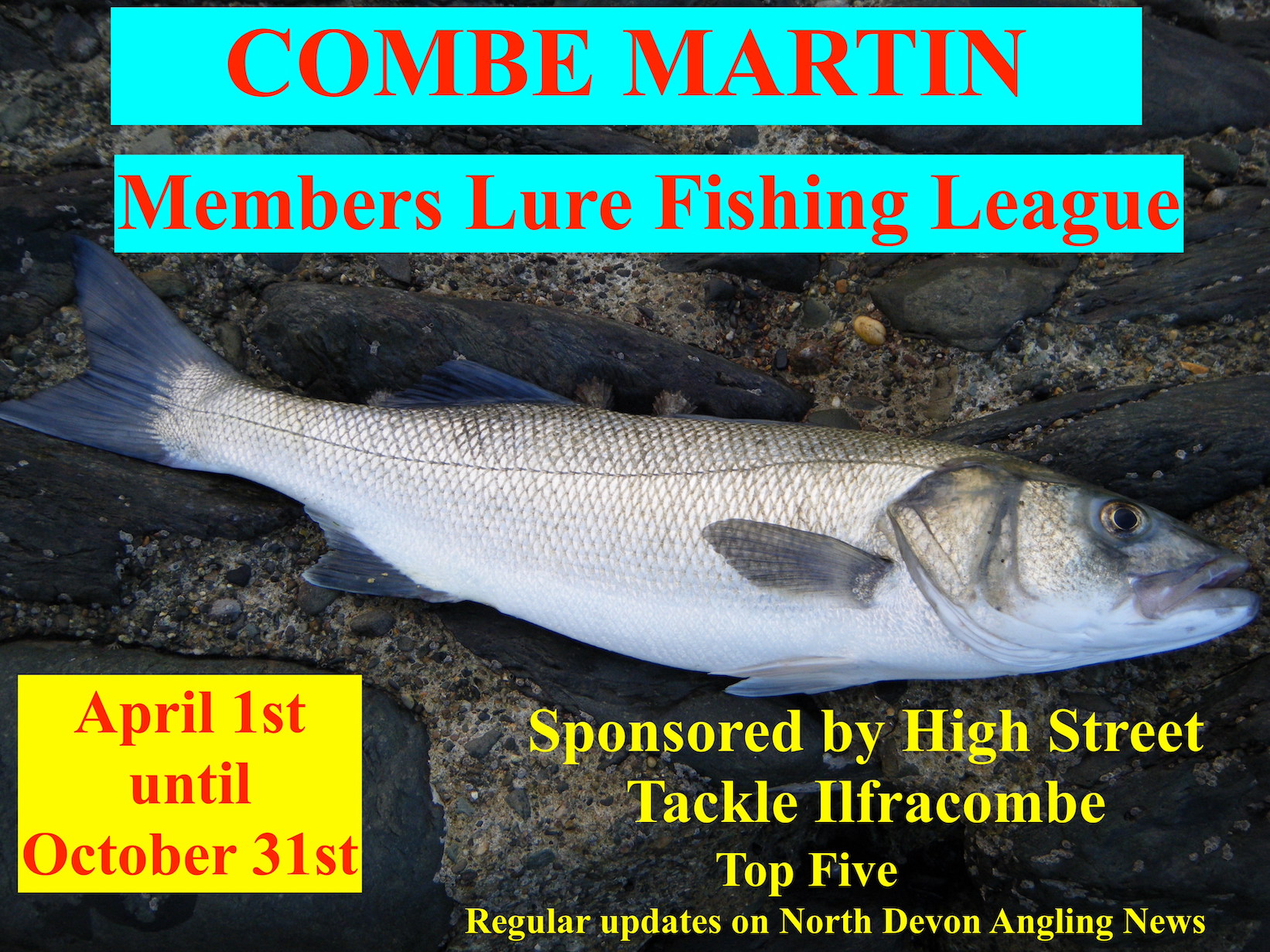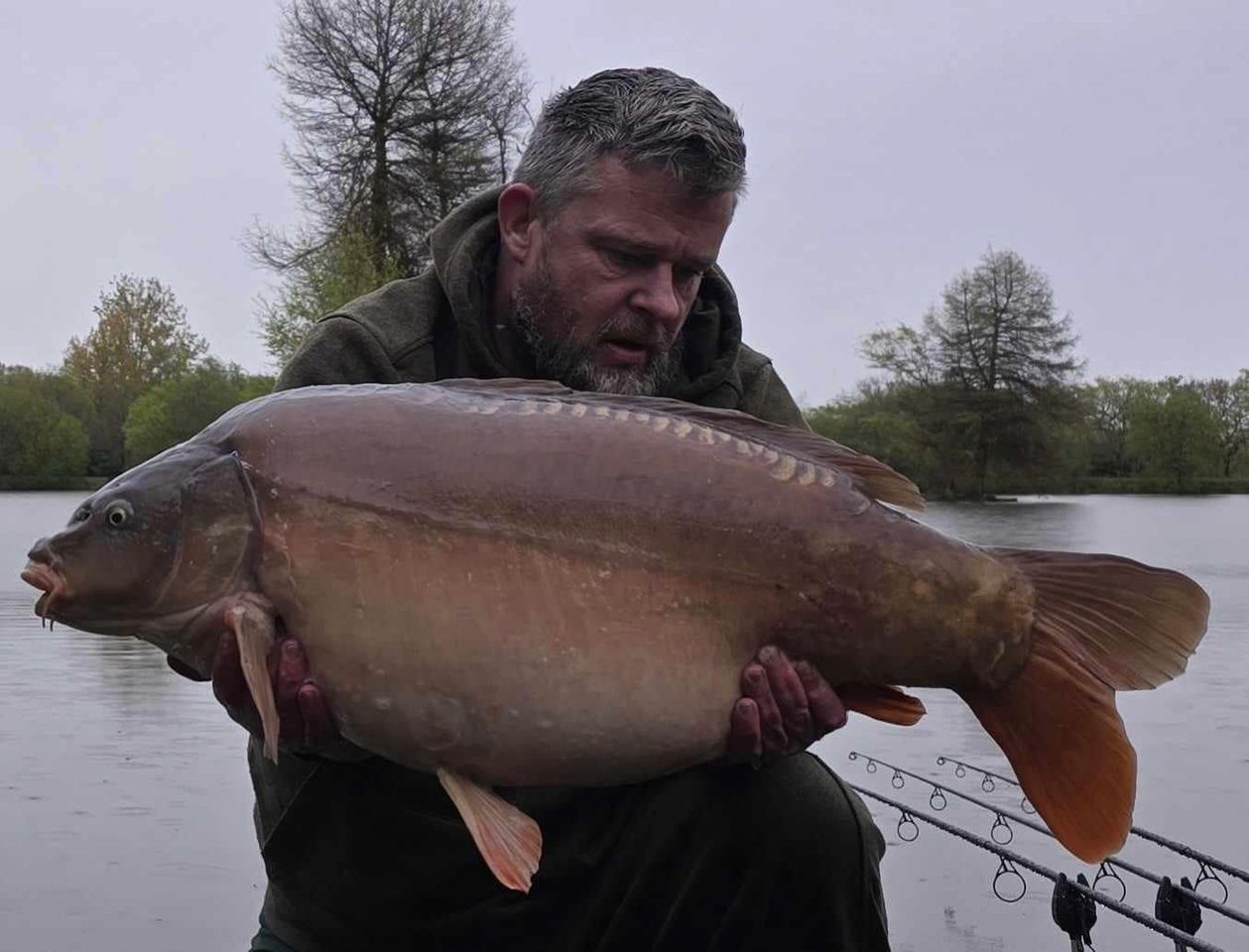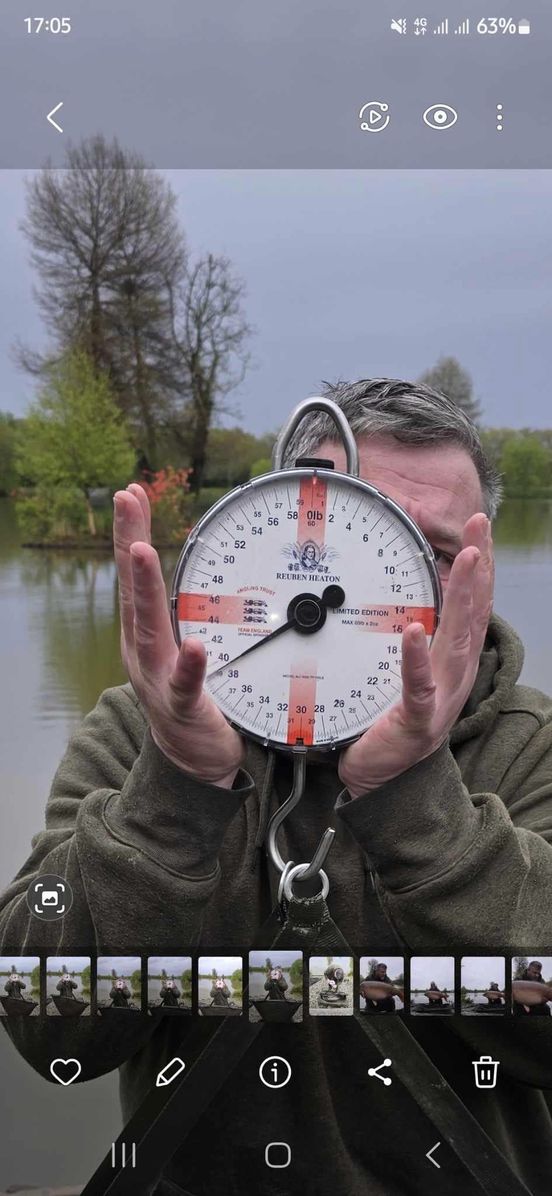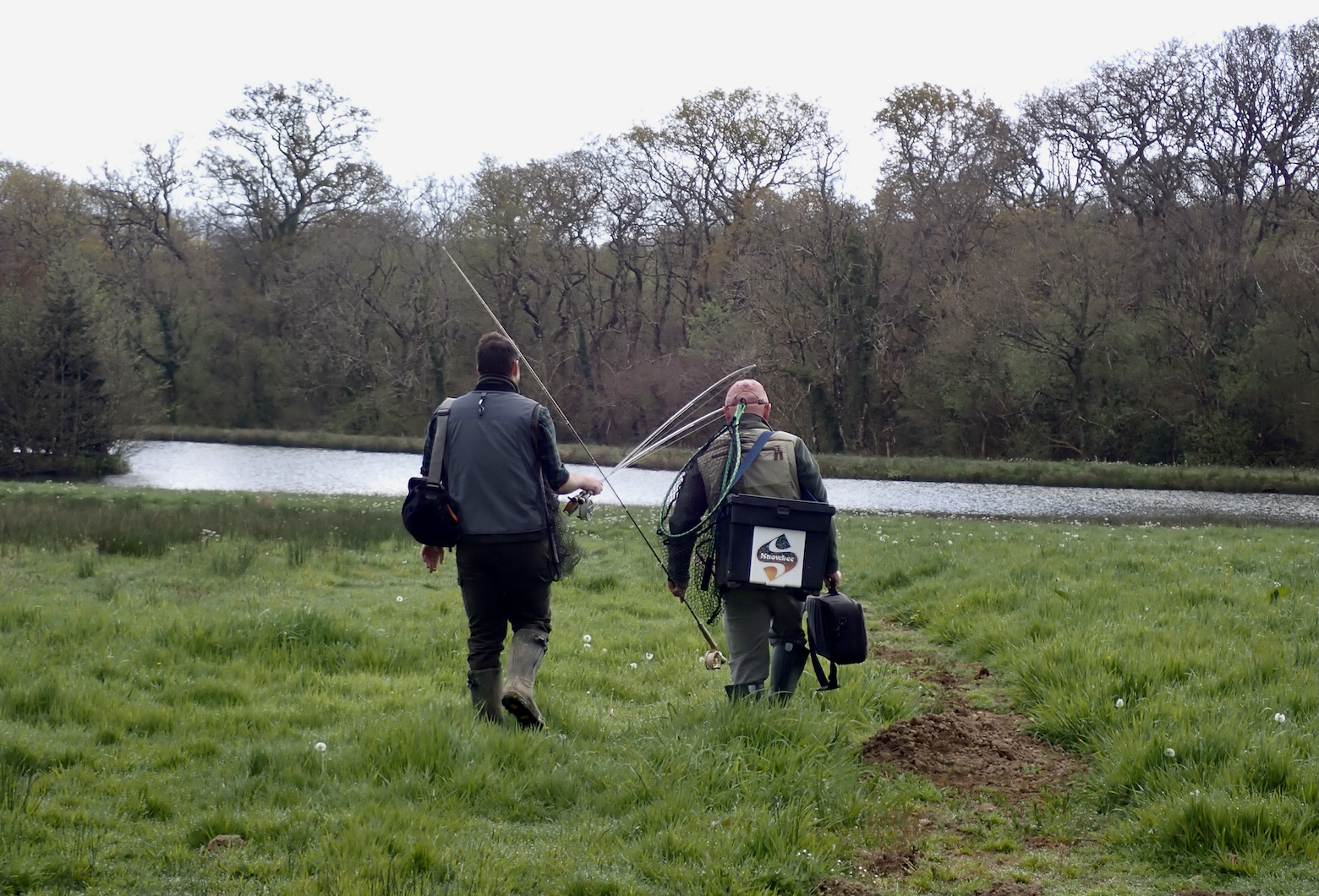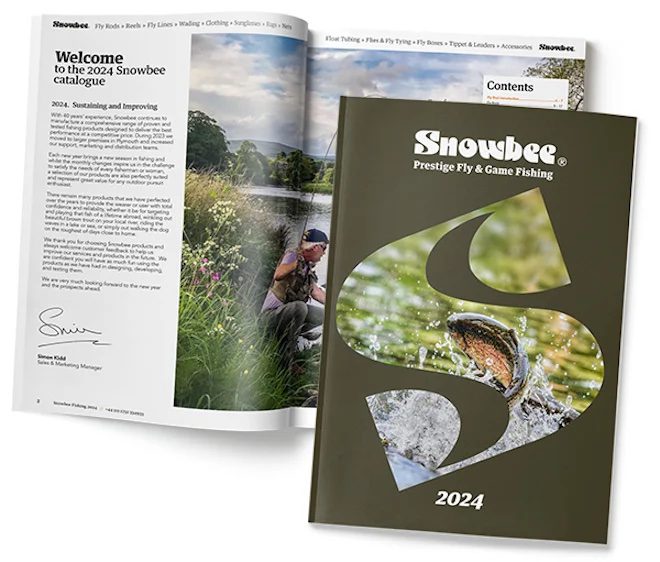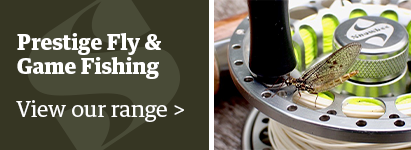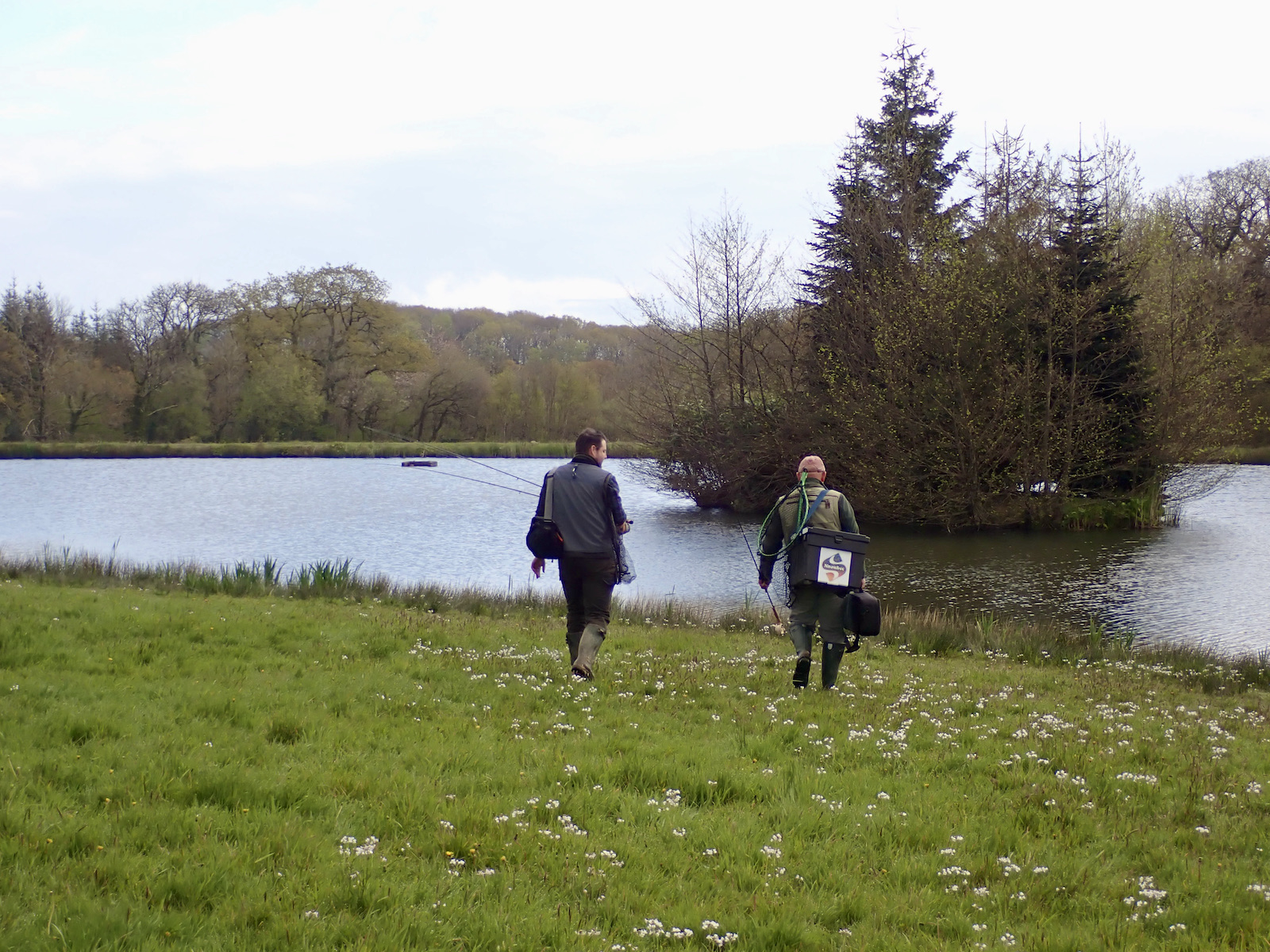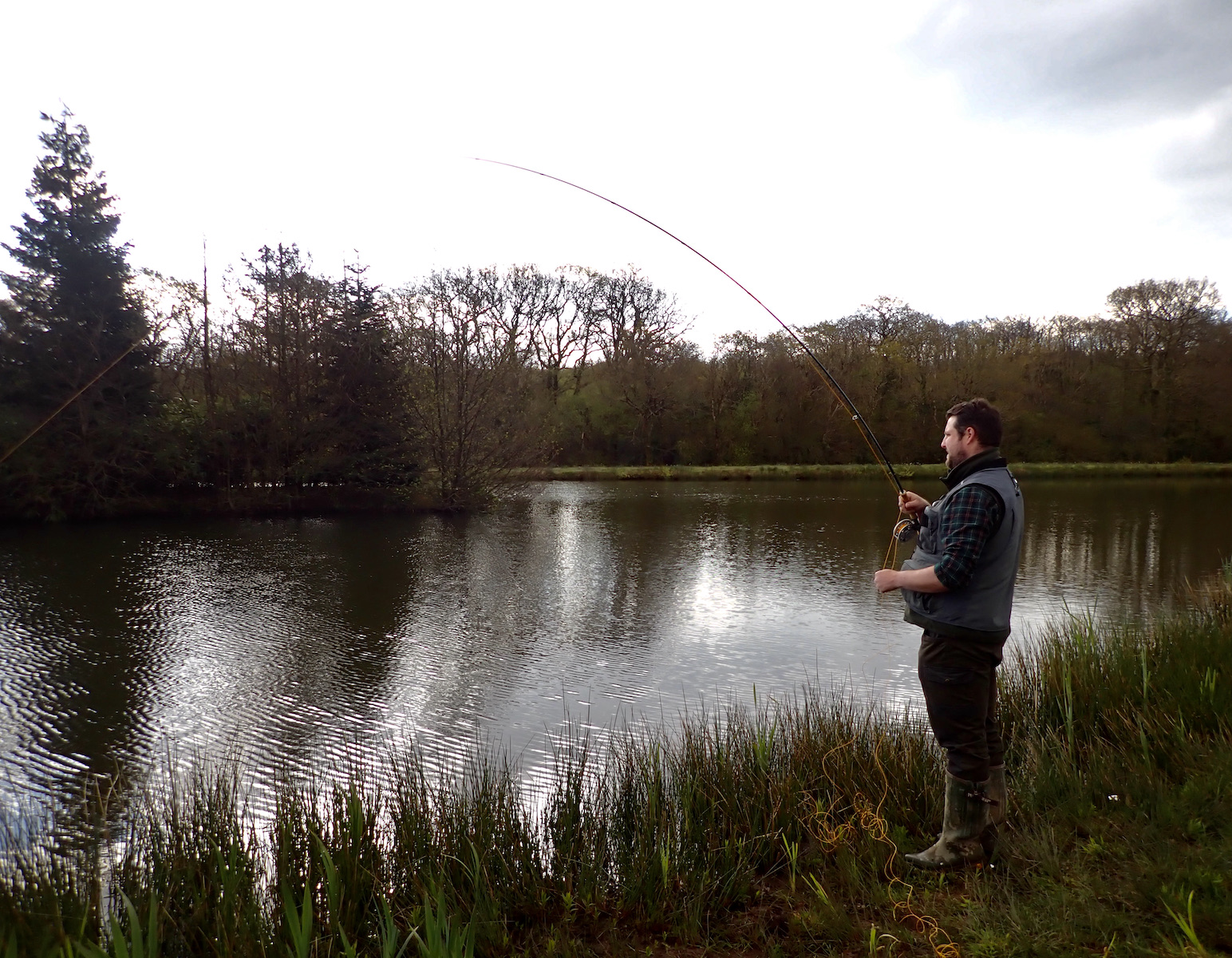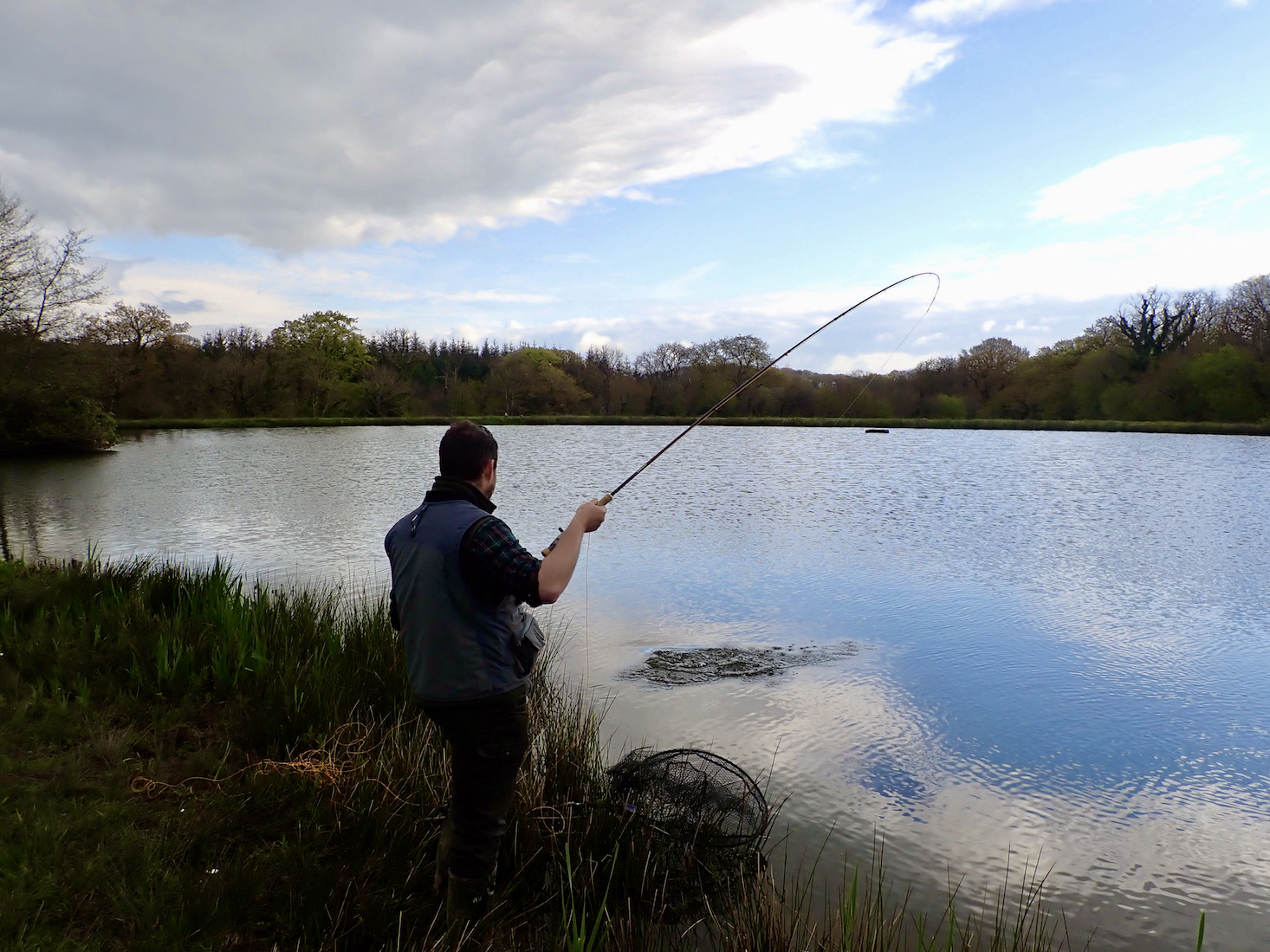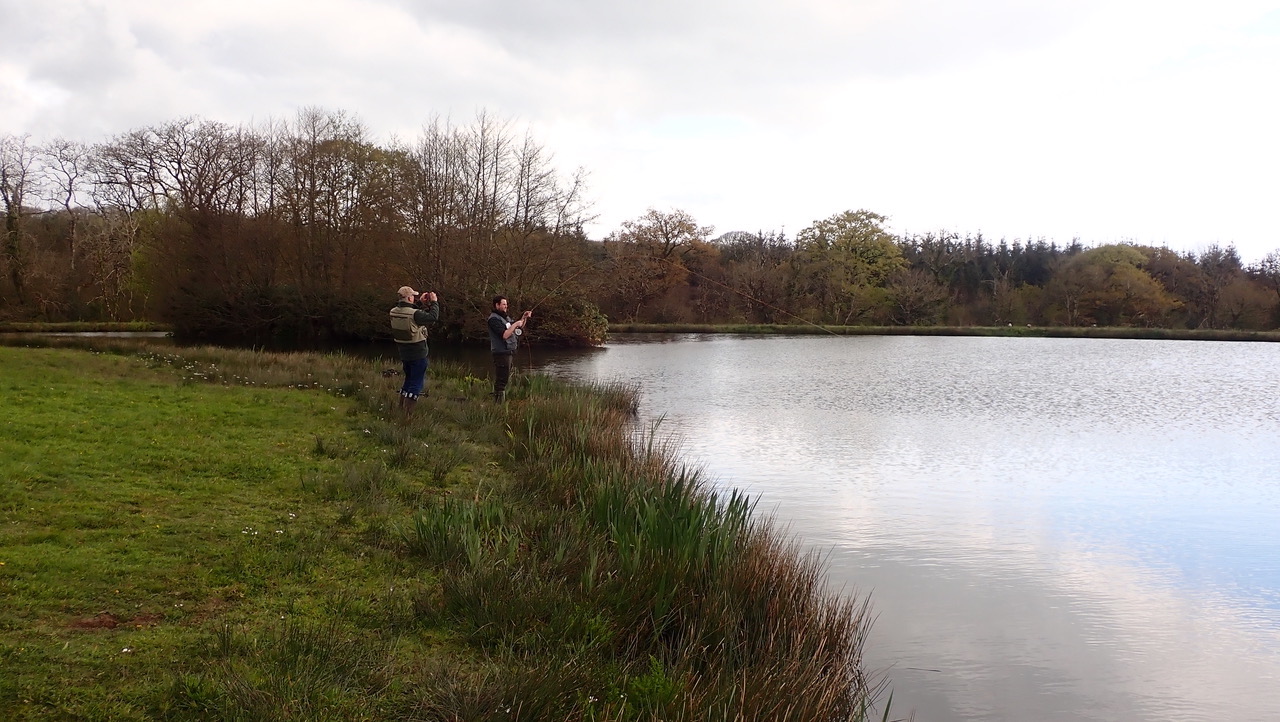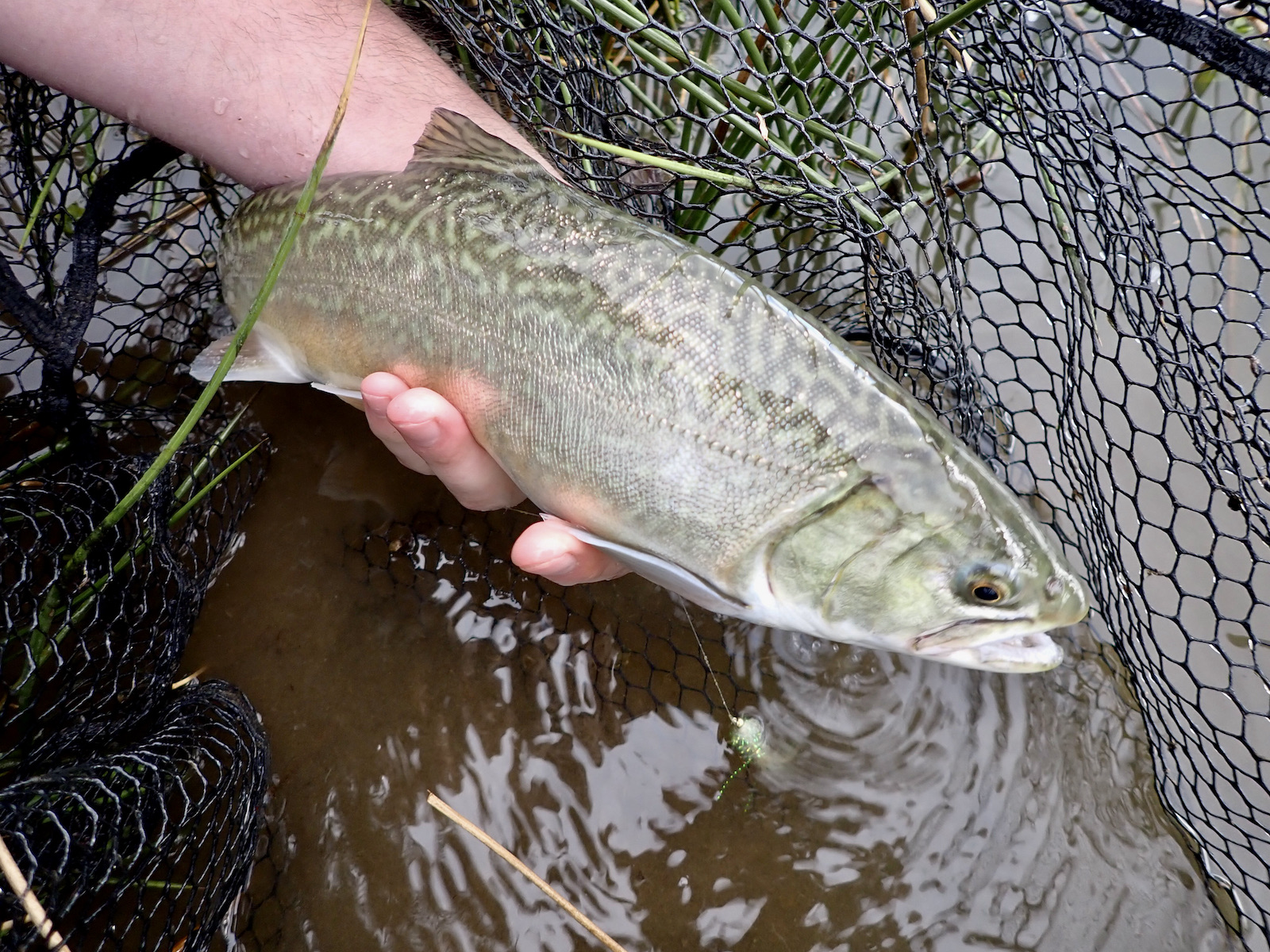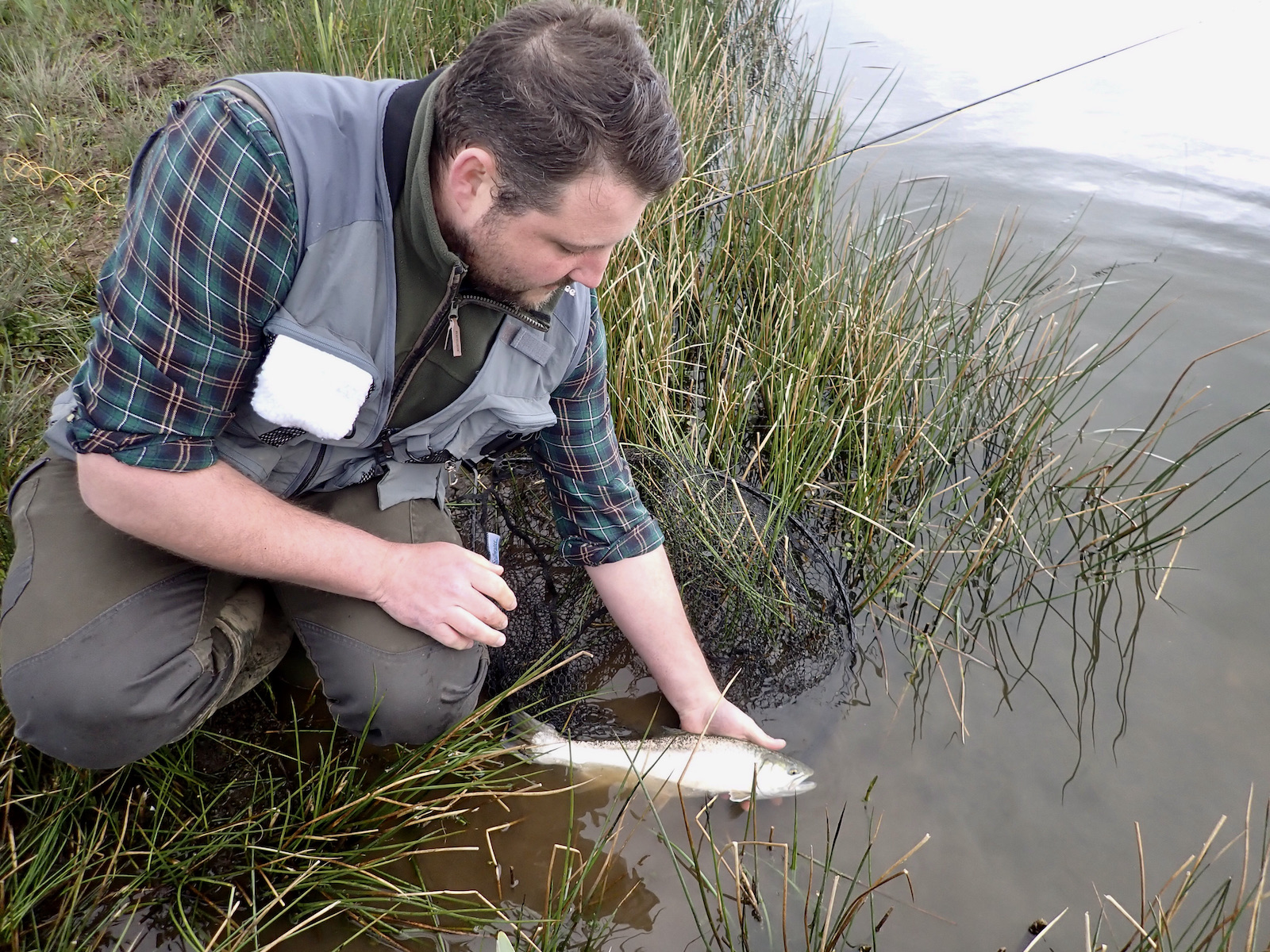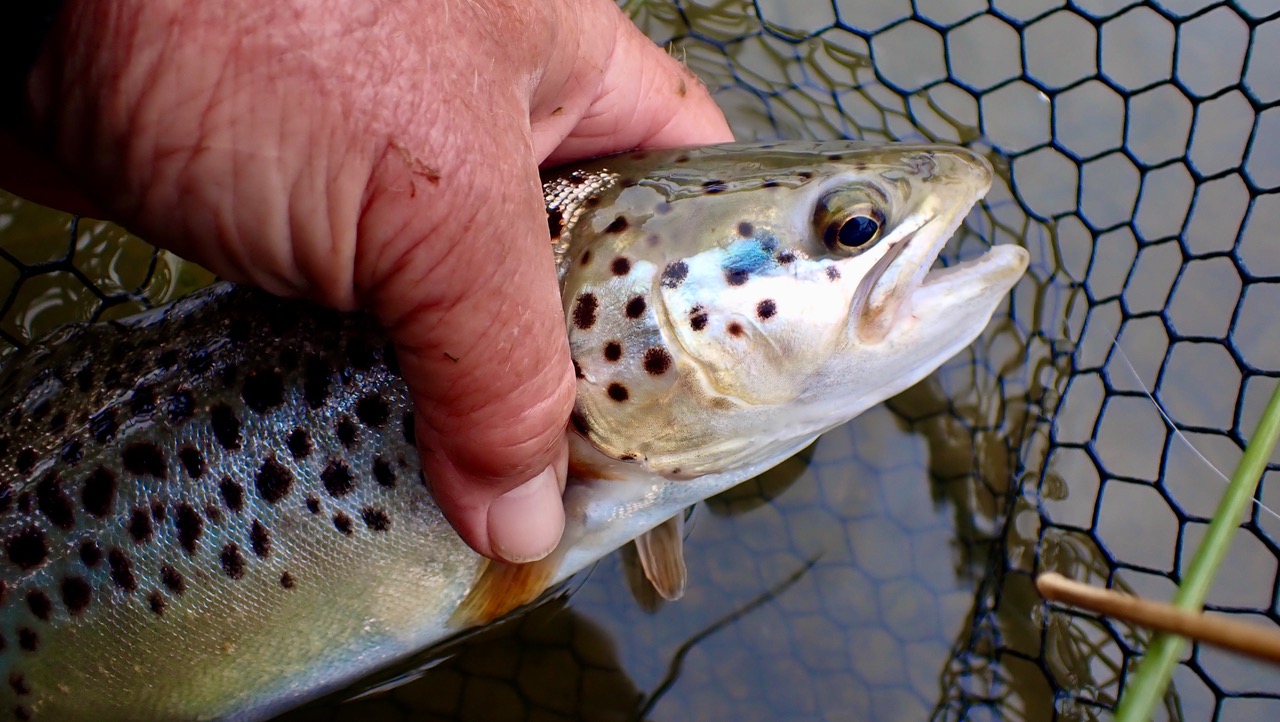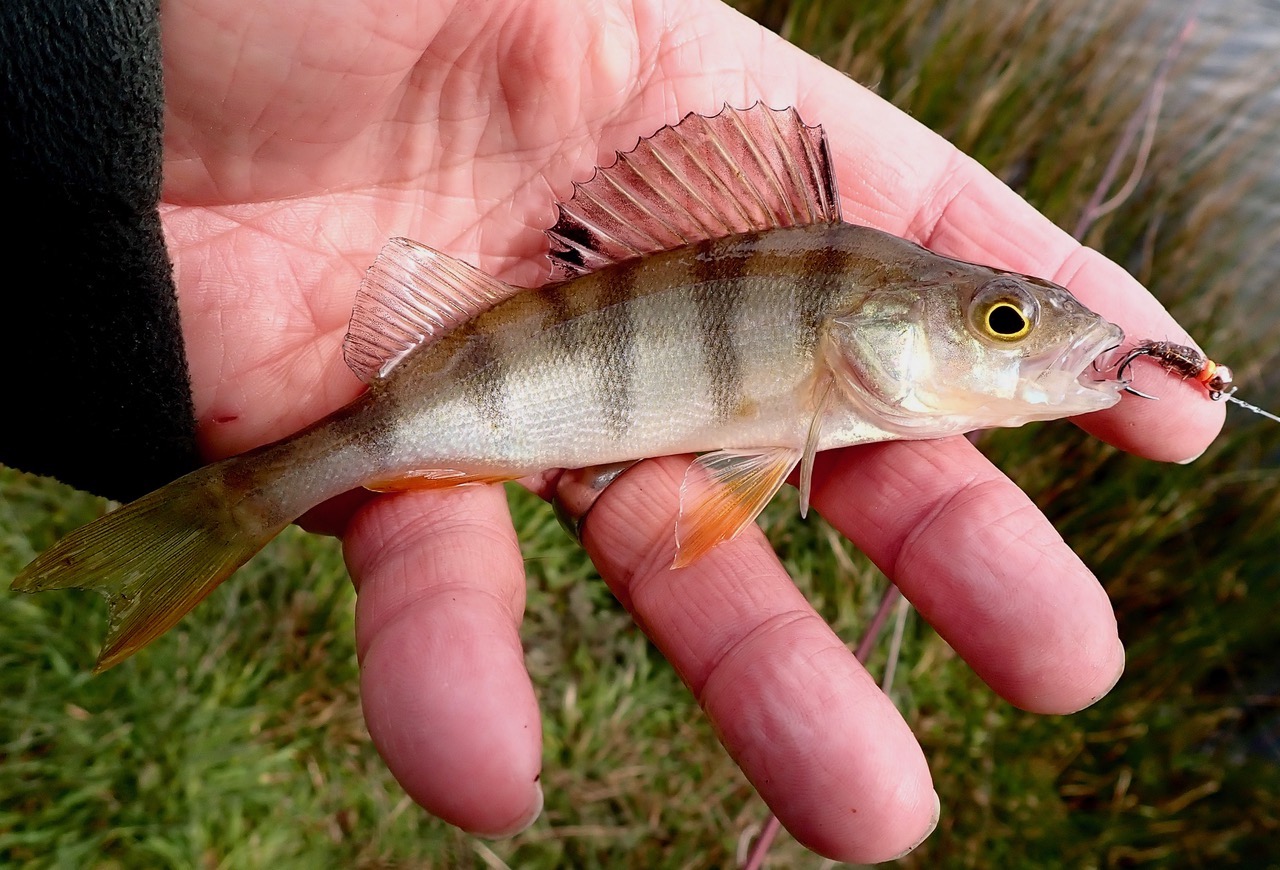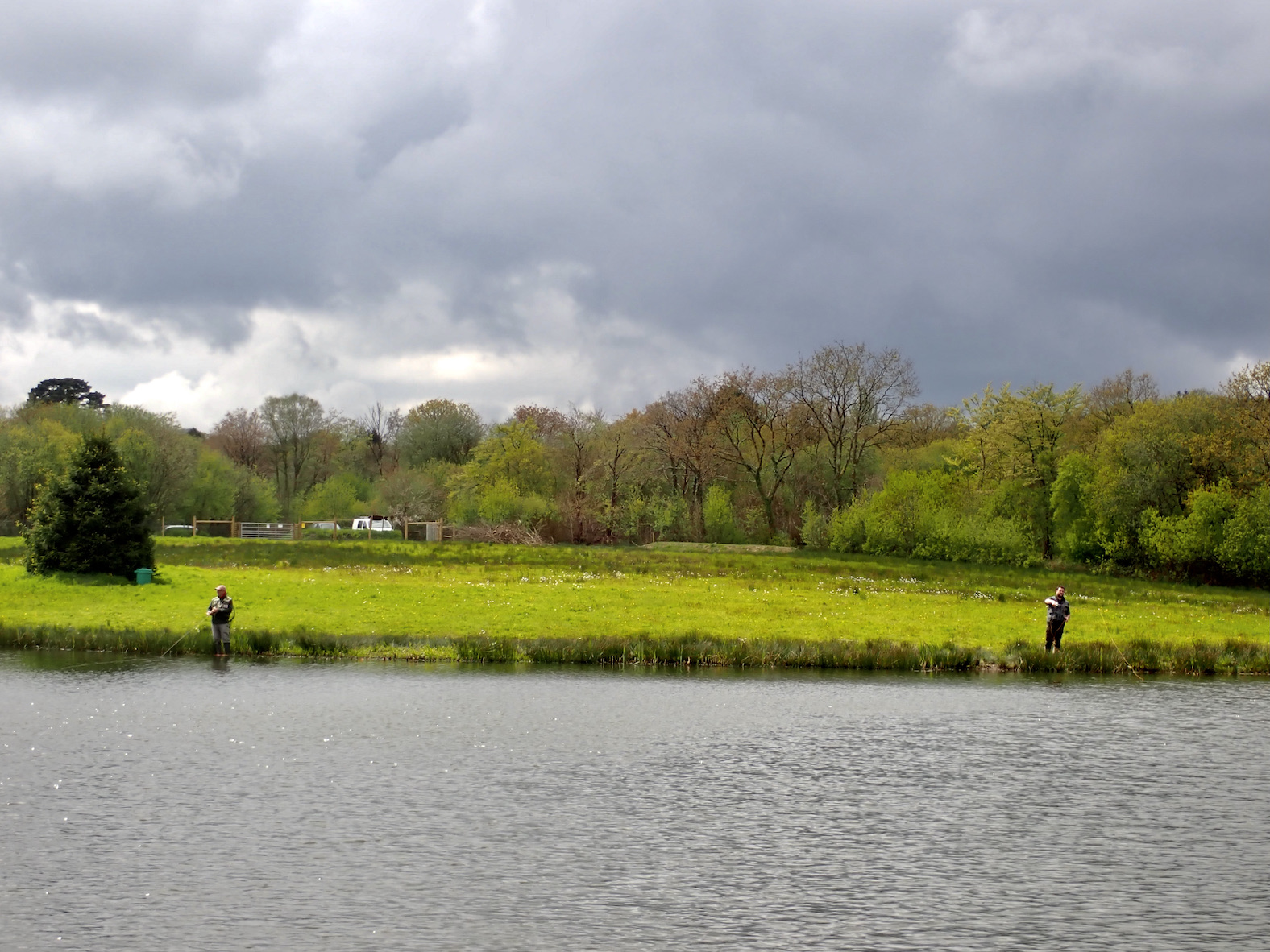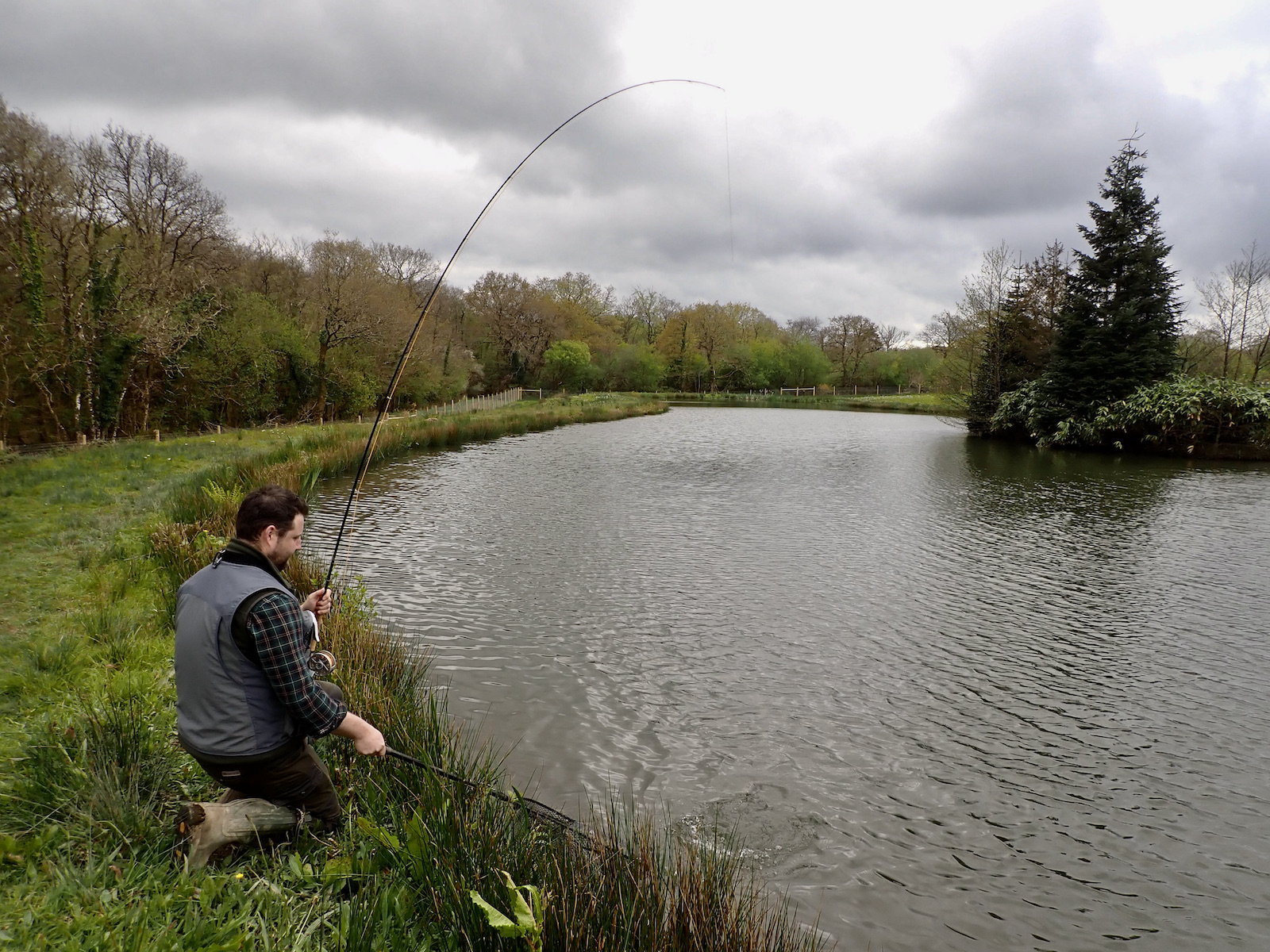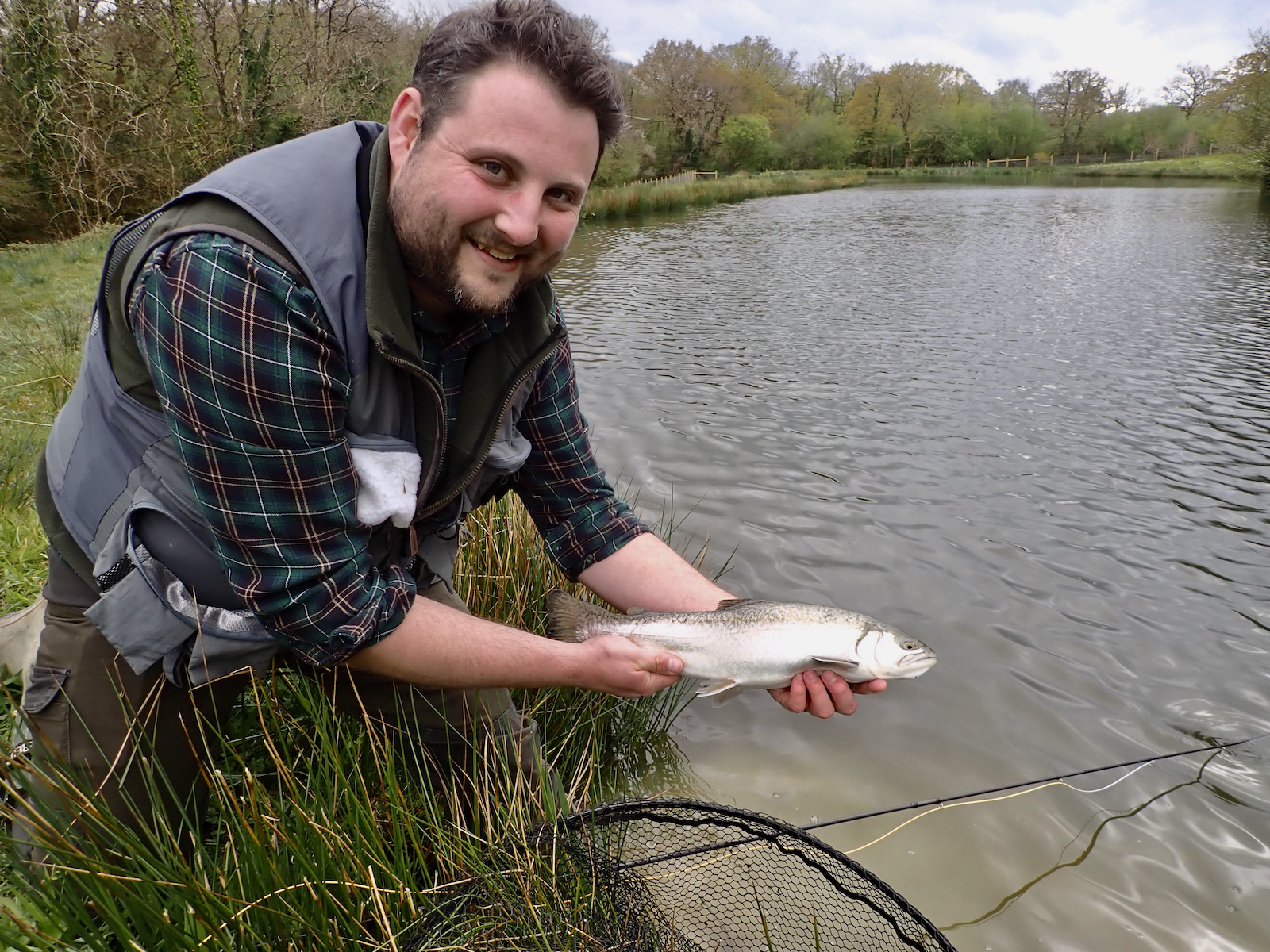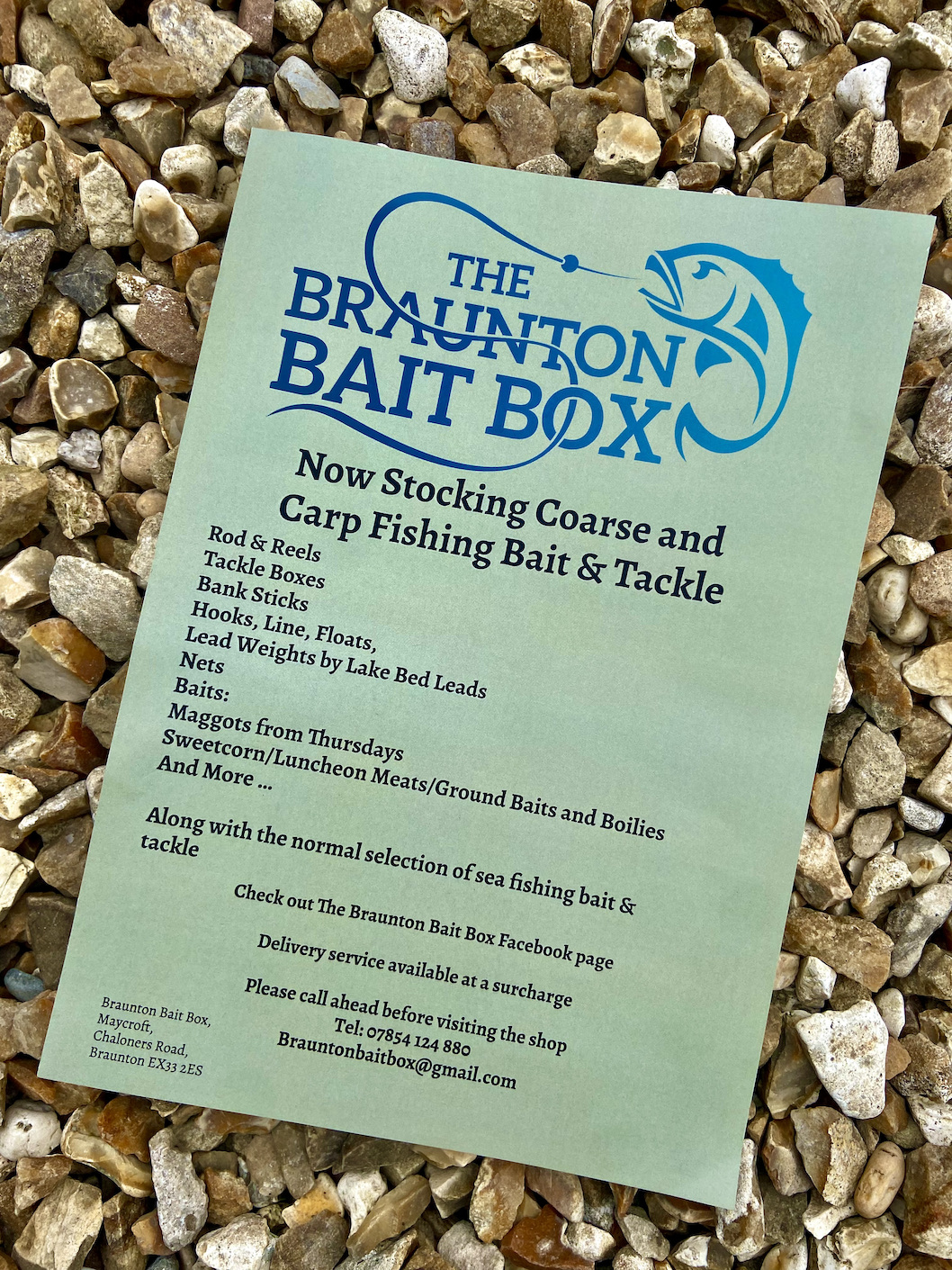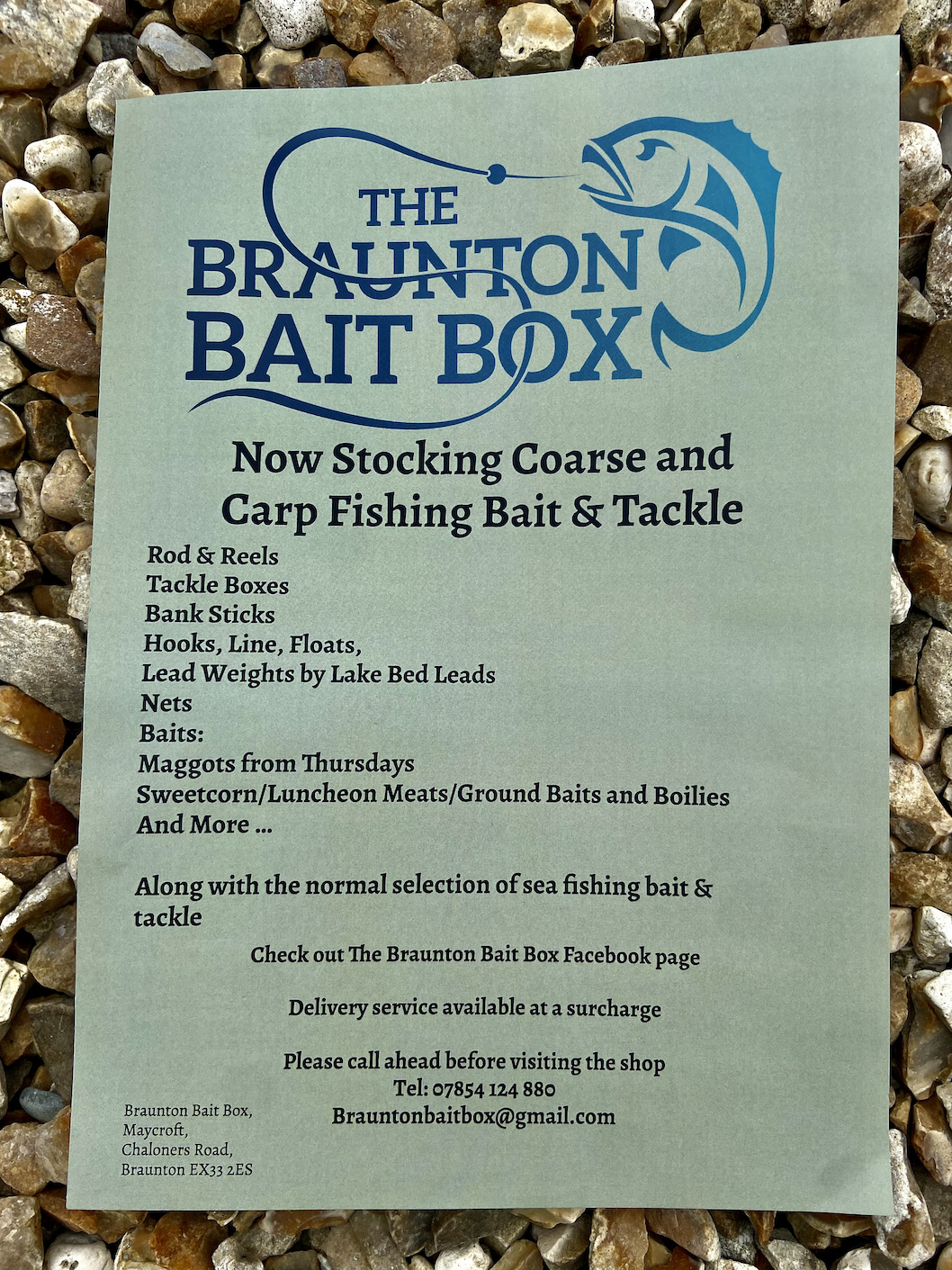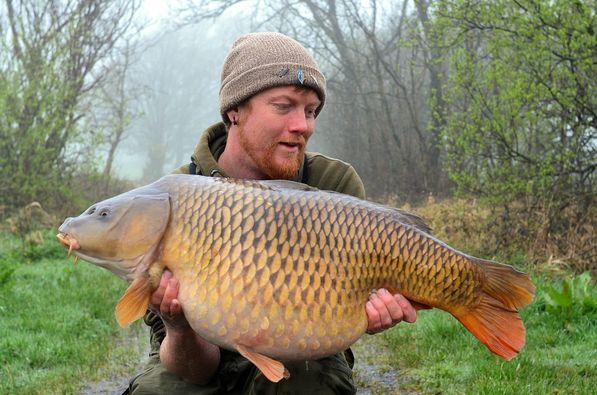Tghe UK River Summit is to be held beside the River Wandle in London on May 21st. It looks like it will be very intersting event for those who are passionate about rivers across the UK and beyond. Please see information below: –

https://www.theriversummit.com/the-uk-river-summit-2024-panel-discussions
https://www.theriversummit.com/the-uk-river-summit-2024-culture-celebration
https://www.theriversummit.com/our-partners
This unaffiliated event, curated by an independent team comprising of Claire Zambuni, Emma Sandham and Iona Mackay, aims to facilitate a forum for interesting parties and stakeholders involved with the range of issues affecting UK rivers. Set at Morden Hall on the River Wandle in London on the 21st May 2024, The UK River Summit & Festival provides a platform for collaboration and communication on the current issues and solutions required to improve the health of our rivers.
Bringing together environmentalists, policy makers, regulators, campaigners, anglers, media, businesses, politicians and members of the public who all share a desire to work towards a more positive future for our rivers, this event offers interested parties the opportunity to build relationships and network while also finding time to celebrate our rivers, engage in community-led initiatives, and experiences based on the river Wandle.
Following the success of the inaugural UK River Summit on the River Test in Hampshire last year, this event moves to the River Wandle, a unique chalk stream flowing through an heavily urbanised area intertwining a rich historical past with a current ecological importance.
Claire Zambuni, Founder of The River Summits & Festivals said “The UK River Summit offers the opportunity to discover some of the valuable work going on and the knowledge to affect change, as well as celebrate our rivers based on an extraordinary chalk stream, the River Wandle. We are hugely grateful for our partners’ support on this unique event. We hope the Summit helps present a collaborative voice in demanding positive action for our rivers and waterways. In this general election year, the need for action and to engage politicians to work across parties to resolve this crisis, has never been greater.”
Penny Gane, Head of Practice at Fish Legal said, “With the state of our rivers and lakes rarely out of the headlines, this event is an opportunity for local people to find out what is being done to turn things around.”
As we navigate the challenges of a rapidly changing planet, the key to environmental progress lies in facilitating continuous dialogue between various players – from government officials and NGOs to businesses and the public. This event aims to bridge these gaps. Attendees will gain informed knowledge from key environmental stakeholders, be able to ask direct questions, work collaboratively to find solutions, and celebrate our rivers.
Date, Location, and Schedule:
Tuesday 21st May 2024 at Morden Hall, South-West London
- Event opens at 9.30am
- From 9.30am: Coffee morning with YETI
- The UK River Summit panel “It’s not all about sewage” begins at 10:15am
- Lunch at 12:30pm
- Afternoon panels and activities from 1.30pm – 6pm
“It’s not all about sewage” summit panel speakers include:
- Penny Gane – Head of Practice at Fish Legal
- Dr Bella Davies – CEO at South East Rivers Trust
- Shaun Leonard – Director at Wild Trout Trust
- Jim Murray – Actor and Founder of Activist Anglers
- Dylan Roberts – Head of Fisheries at Game & Wildlife Conservation Trust
- Dr Jack Hogan – renowned local historian and member of The Wandle Piscators, The Fly Connection & South East Rivers Trust
- Hannah Gunter – Proteus Instruments PHD Associate
- Dr Hannah Fluck – The National Trust
Afternoon panel discussions include:
- “The Freshwater Emergency: from scarcity to abundance” River Action UK panel chaired by CEO James Wallace, and speakers including; Philip Duffy (CEO, Environment Agency) Lila Thompson (CEO, British Water), Feargal Sharkey (Activist, SERA Chairman), Lawrence Gosden (CEO, Southern Water), Helena Horton (The Guardian)
- “Future of Farming” with Mike Blackmore of Wessex Water, Ed Ayton of Abel & Cole, Henry Clemons of Knight Frank, and JM Stratton Ecologist Robin Leech
- “Effecting Policy in Rivers” including Penny Gane (Head of Practice, Fish Legal), Stuart Singleton-White (Head of Campaigns, Angling Trust), Bobby Dean (Liberal Democrat Candidate for Carshalton & Wallington), Dani Jordan (Surfers Against Sewage), Ashley Smith (Windrush Against Sewage Pollution, WASP), Stewart Clarke (The National Trust) and Shosha Adie (ENDS Report)
- Cross-party discussion on water security for the future with leading politicians including Toby Perkins (Labour MP and Shadow Minister for Nature and Rural Affairs), Tim Farron (MP, Liberal Democrat Spokesperson for Environment, Food and Rural Affairs), and more to be announced
- “The History of the River Wandle” talk with Dr Jack Hogan
Film Screenings include:
- “Fish Legal” and “Hydrotherapy” film screening by Friction Collective
- “Black Samphire” and “This is Shit” – films by River Action UK
- A brand-new animation from The Beavers Trust
- “The River Nar: A chalkstream restoration” by Wild Trout Trust
- “50 years of salmon monitoring on the River Frome” by Game & Wildlife Conservation Trust
- “Our Wild Salmon” by Fisheries Management Scotland
- “Britain’s Hidden Fishes” by Jack Perks, narrated by Jeremy Wade
- 30pm “Wandle: A River at Risk” film screening with panel of cast and crew including Bobby Dean, Liberal Democrat Candidate for Carshalton & Wallington at 5:30pm
Afternoon activities include:
- Hands-on workshops and river walks with South East Rivers Trust
- Introduction to Fly Fishing 101s & Kit with Orvis UK
- Wandle Piscators ‘Meet the Cast’ casting instruction and learn about local fly fishing and conservation
- Wandle Industrial Museum: textile printing demonstration and display of works by William Morris, Kilburn, and Liberty’s
- Entertainment from The Funny Terns: performance by comic musician duo at 12.30 and 3.30pm and more.
- Art Exhibition (including works for sale) with Jo Minoprio, Julia Manning, Elly Platt, Dexter Kazmierkiewicz, and Al Simmons.
- Stands from The National Trust, The Rivers Trust, Abel & Cole, YETI,
Orvis UK, Knight Frank, WildFish, Fish Legal, River Action UK, RS Hydro/Proteus Instruments, and more.
Tickets:
Tickets are now on sale here: UK River Summit – Orvis UK
Tickets include refreshments and lunch, and all activities on offer during the day.
All tickets must be bought in advance before 17th May
Event partners include The National Trust, Proteus Instruments, South East Rivers Trust, Fish Legal, Orvis UK, River Action UK, The Rivers Trust, Surfers Against Sewage, Filson, The Wandle Piscators, The Wandle Industrial Museum, Delivita, Lakedown Brewing Co., and Abel & Cole.
For more information please contact Zambuni Communications on the details below.
PR Contacts
Claire Zambuni | [email protected]
Emma Sandham | [email protected]
Iona Mackay | [email protected]

